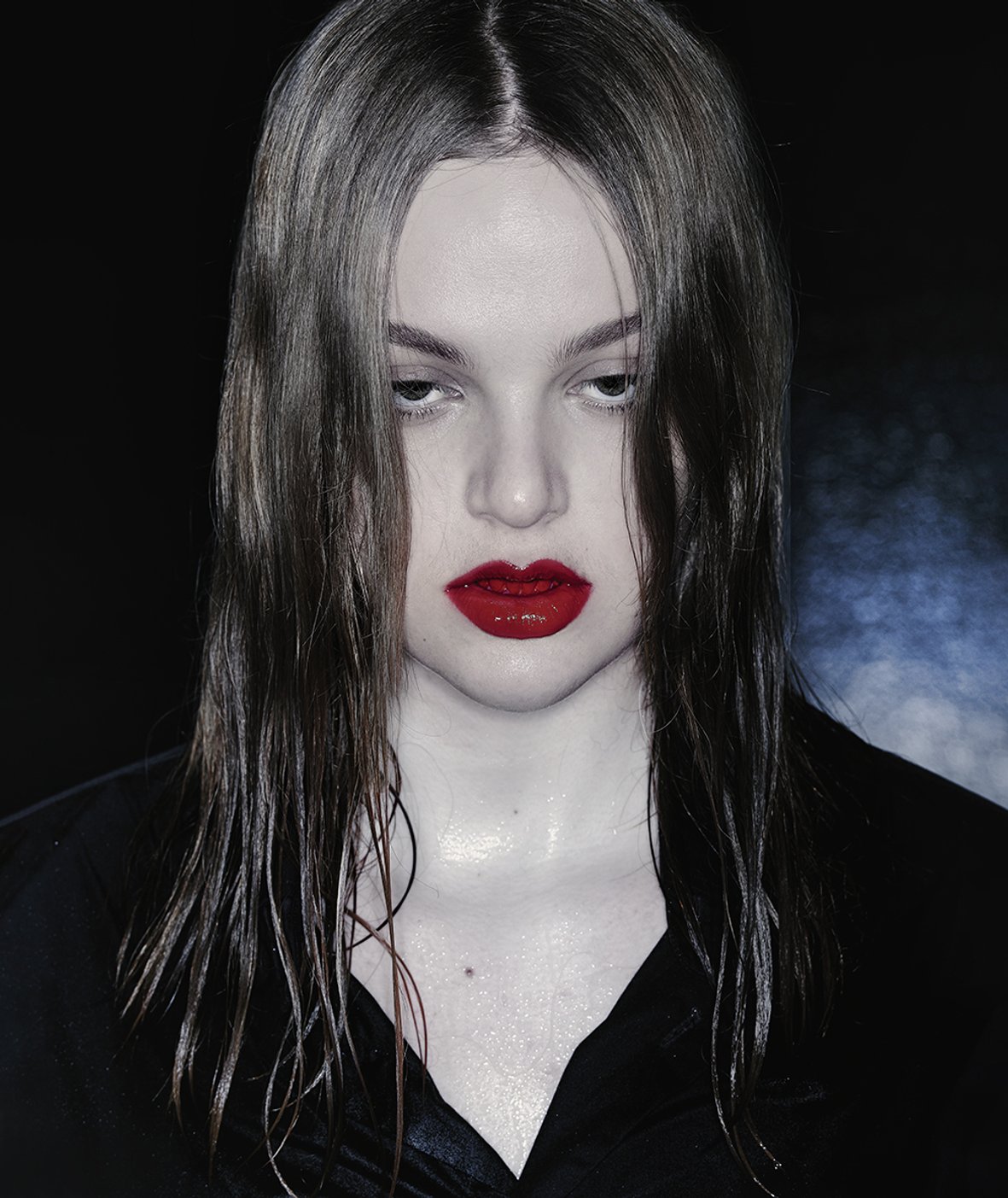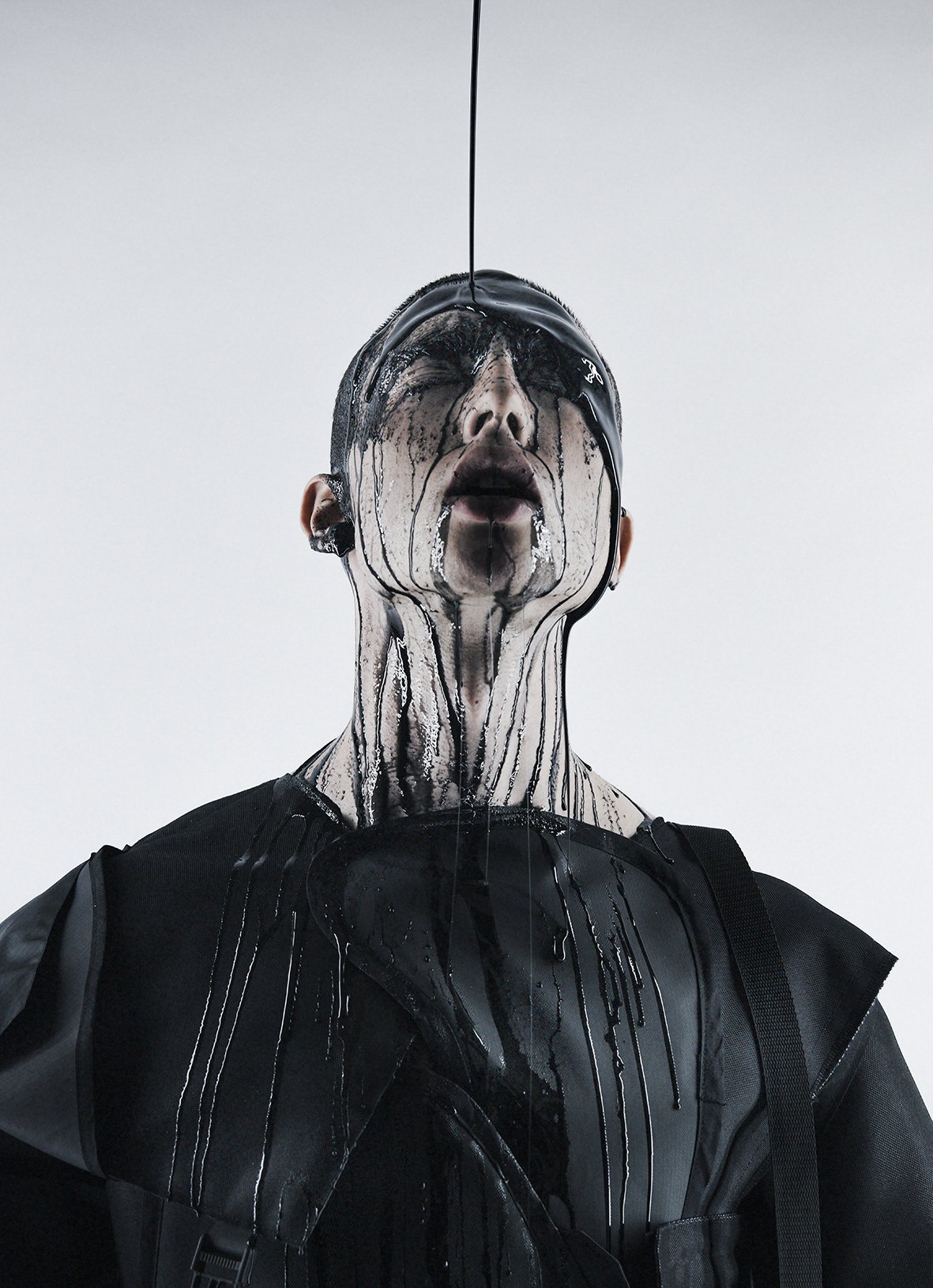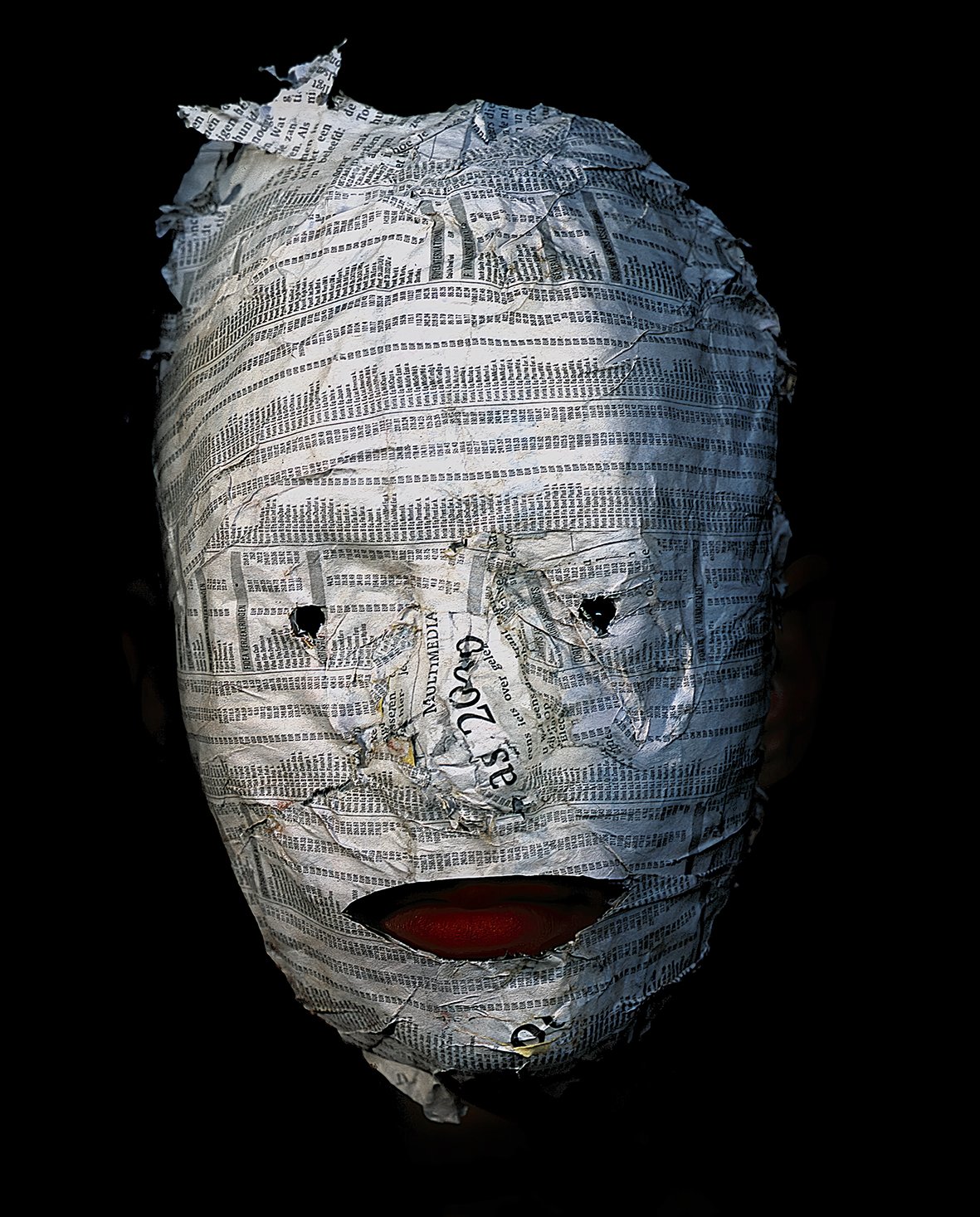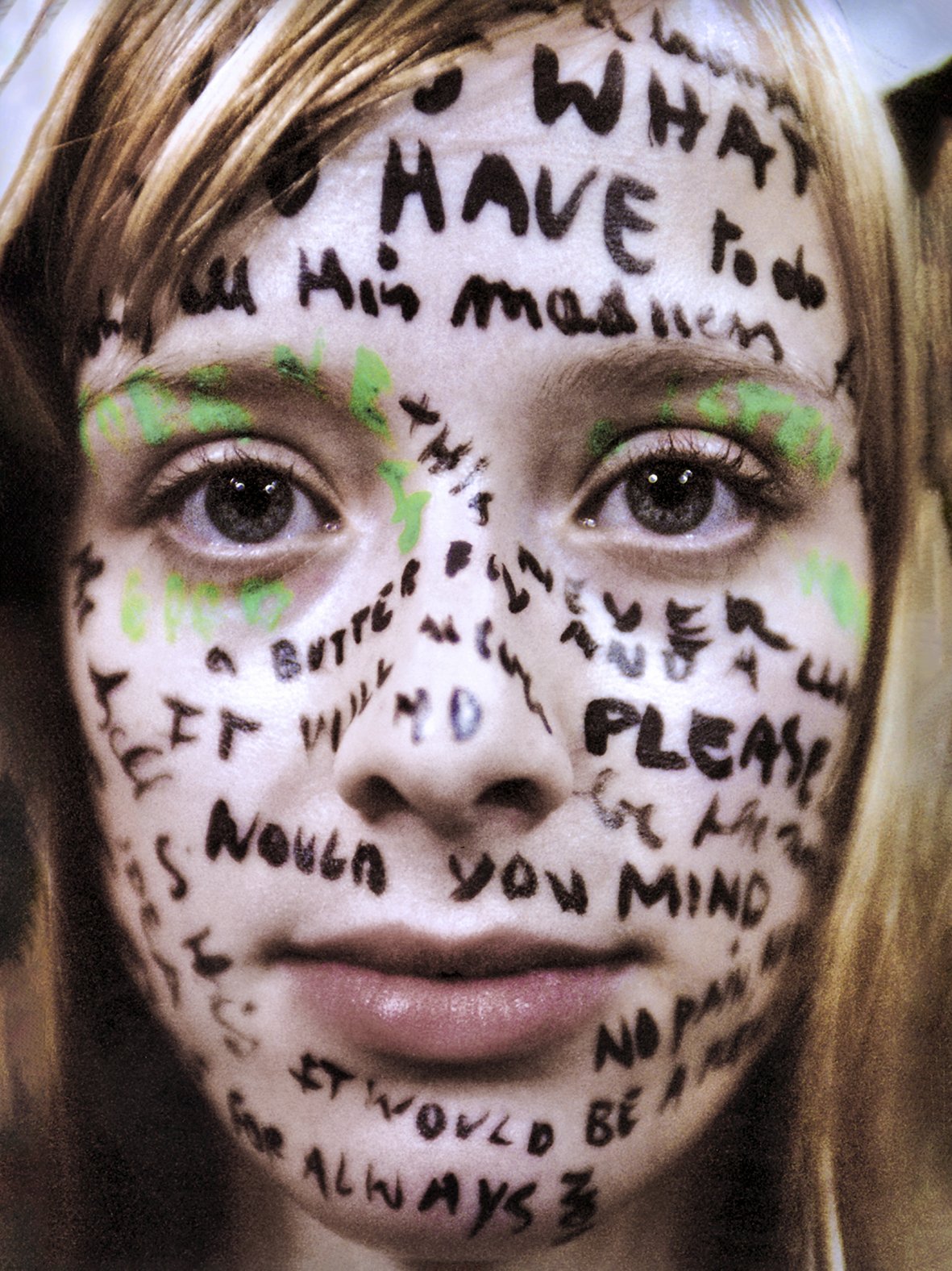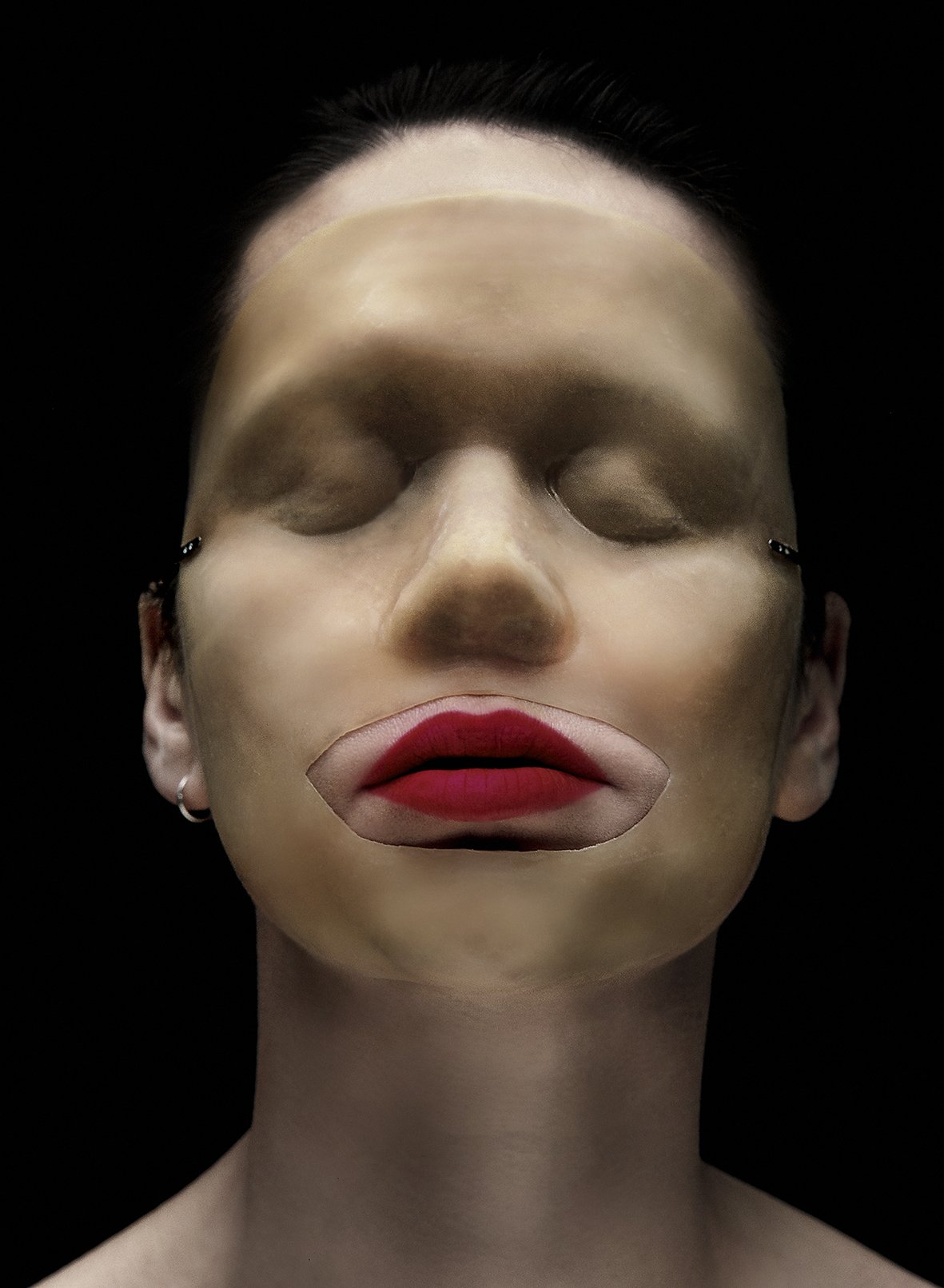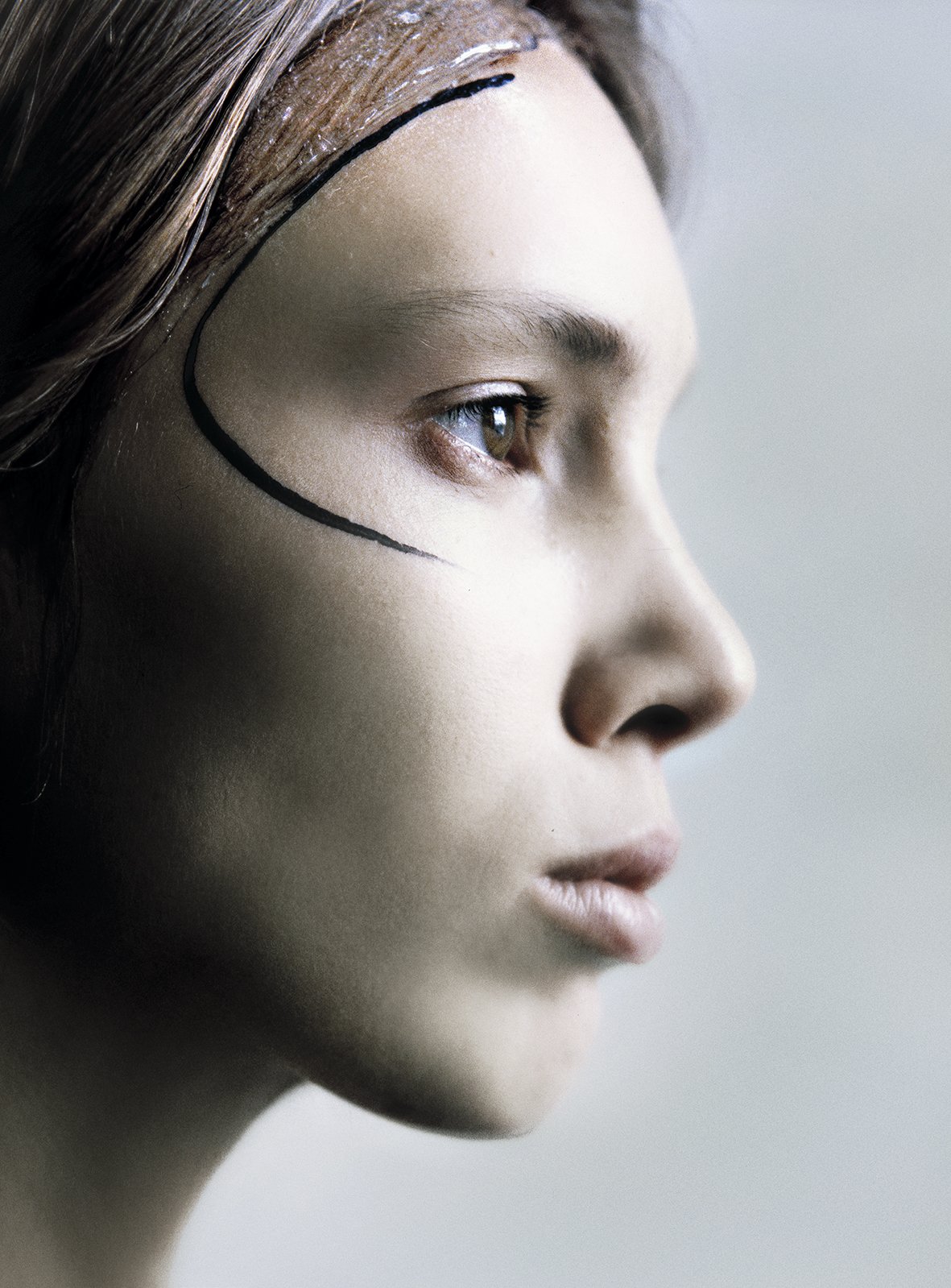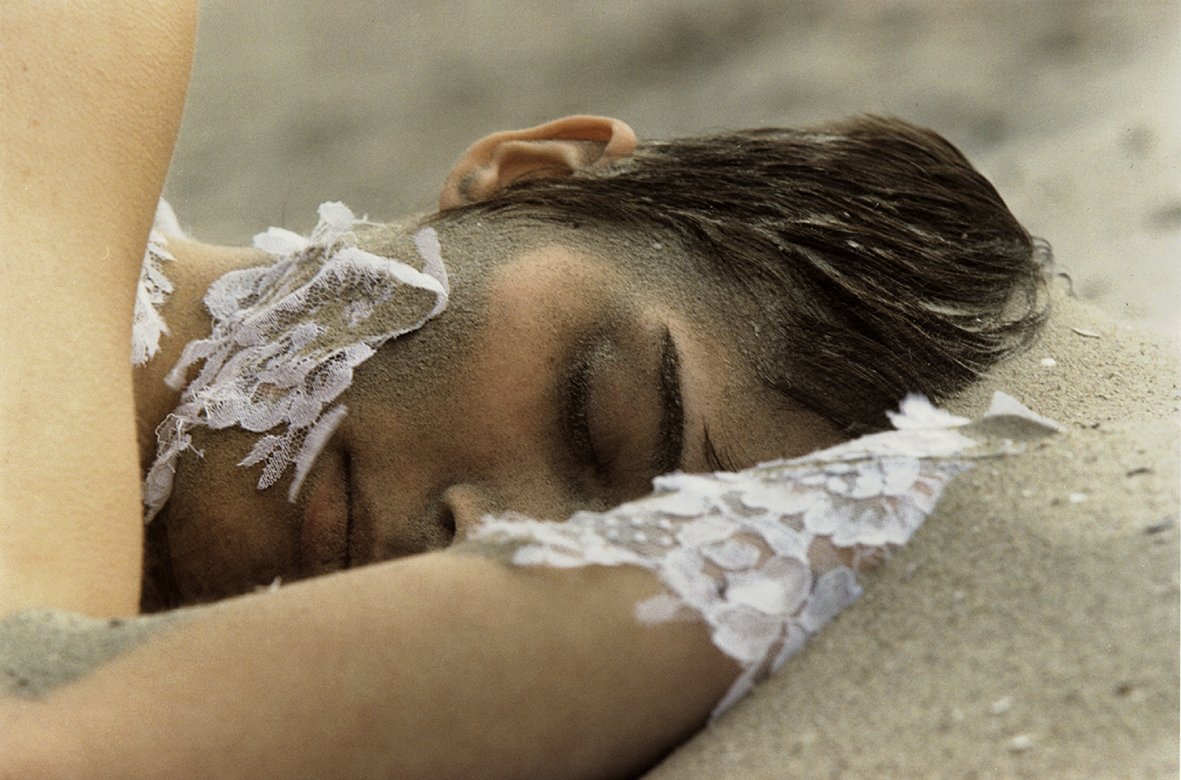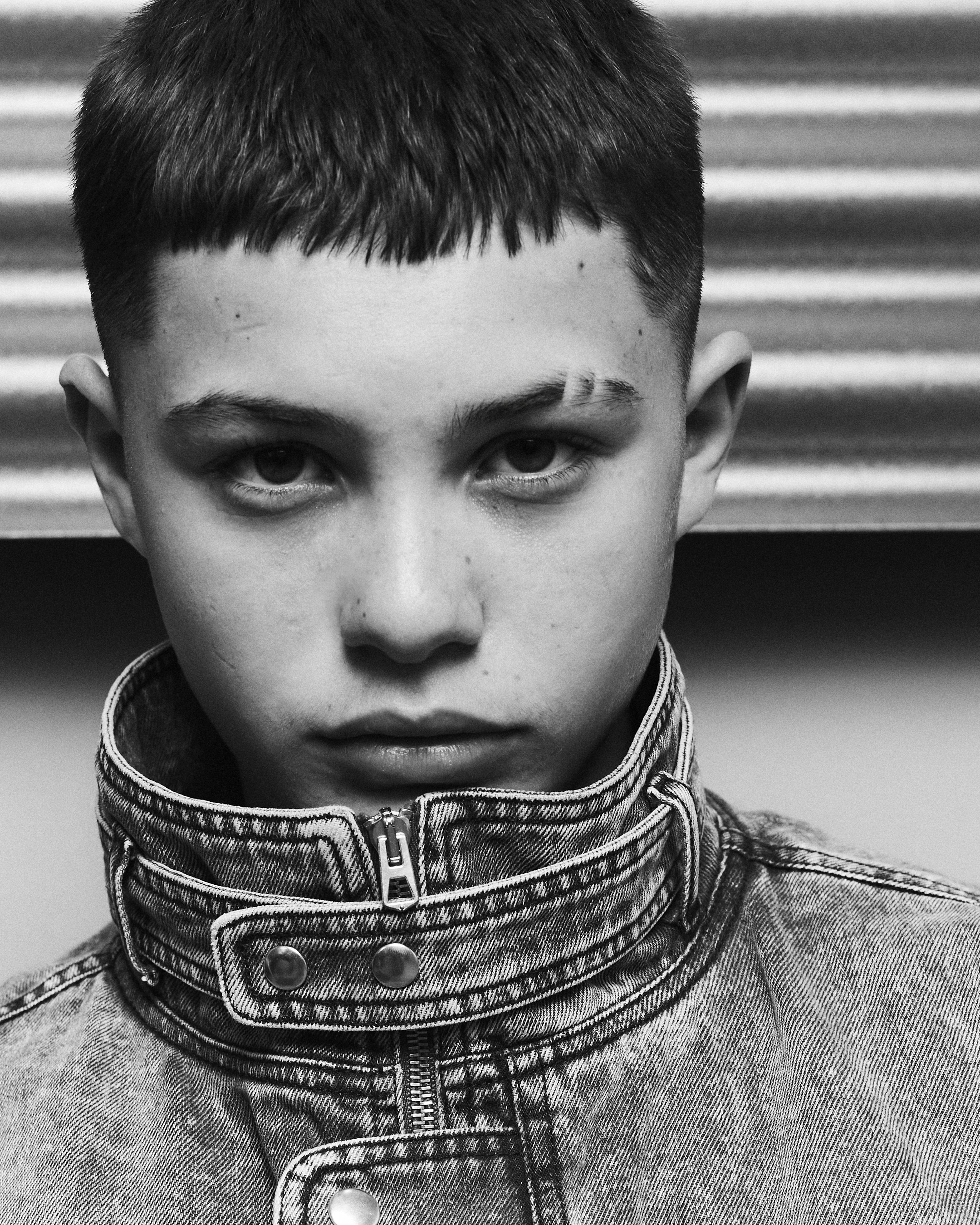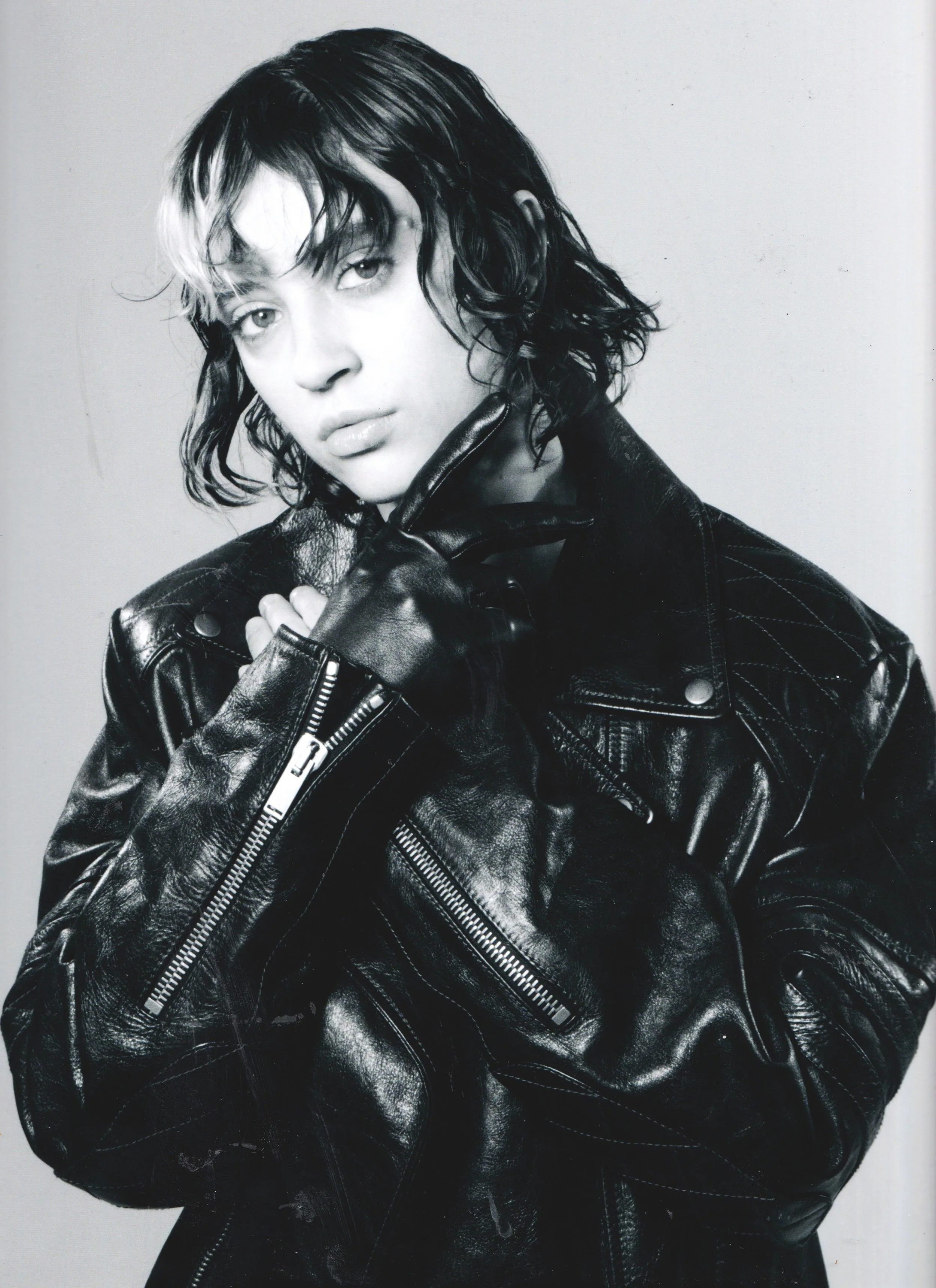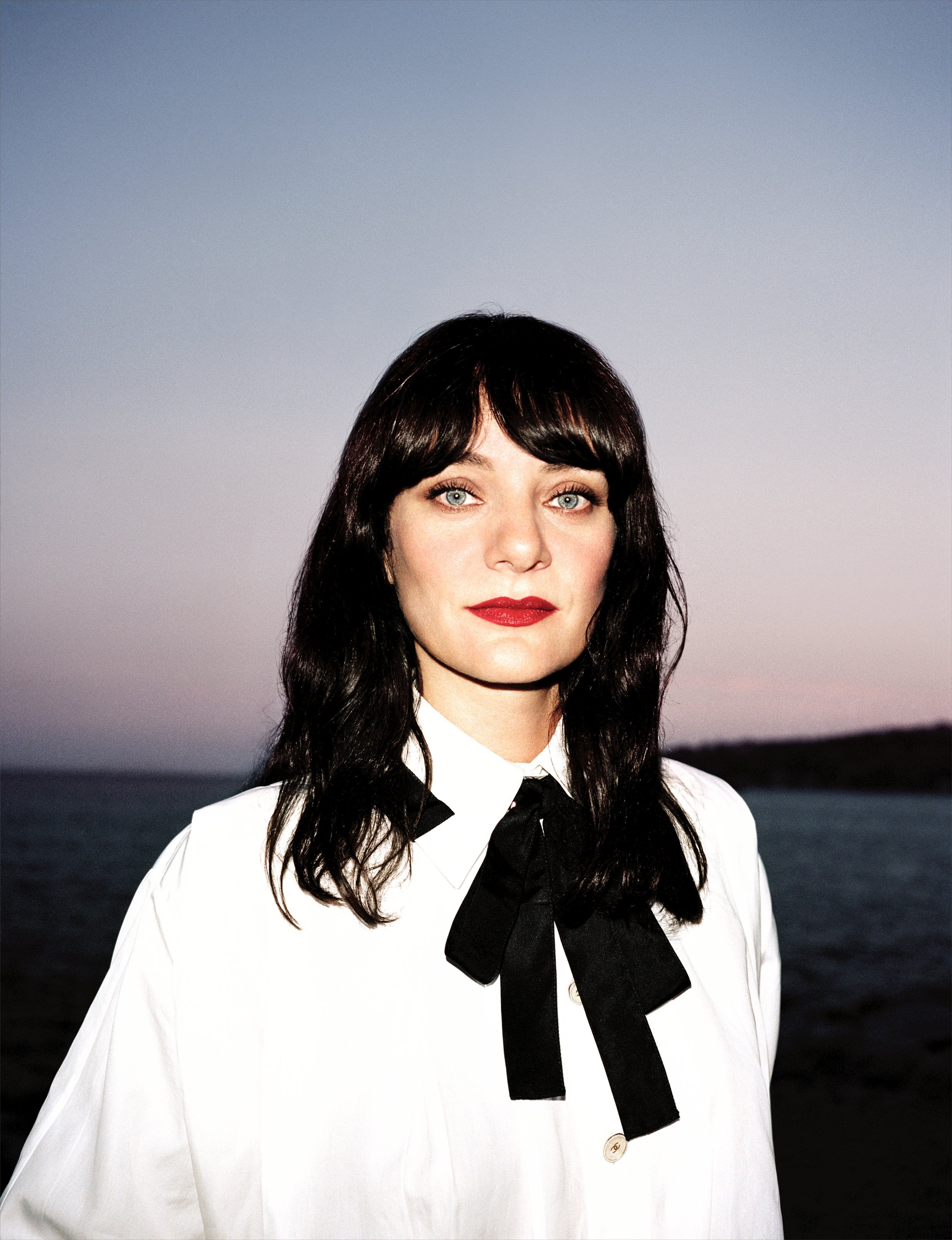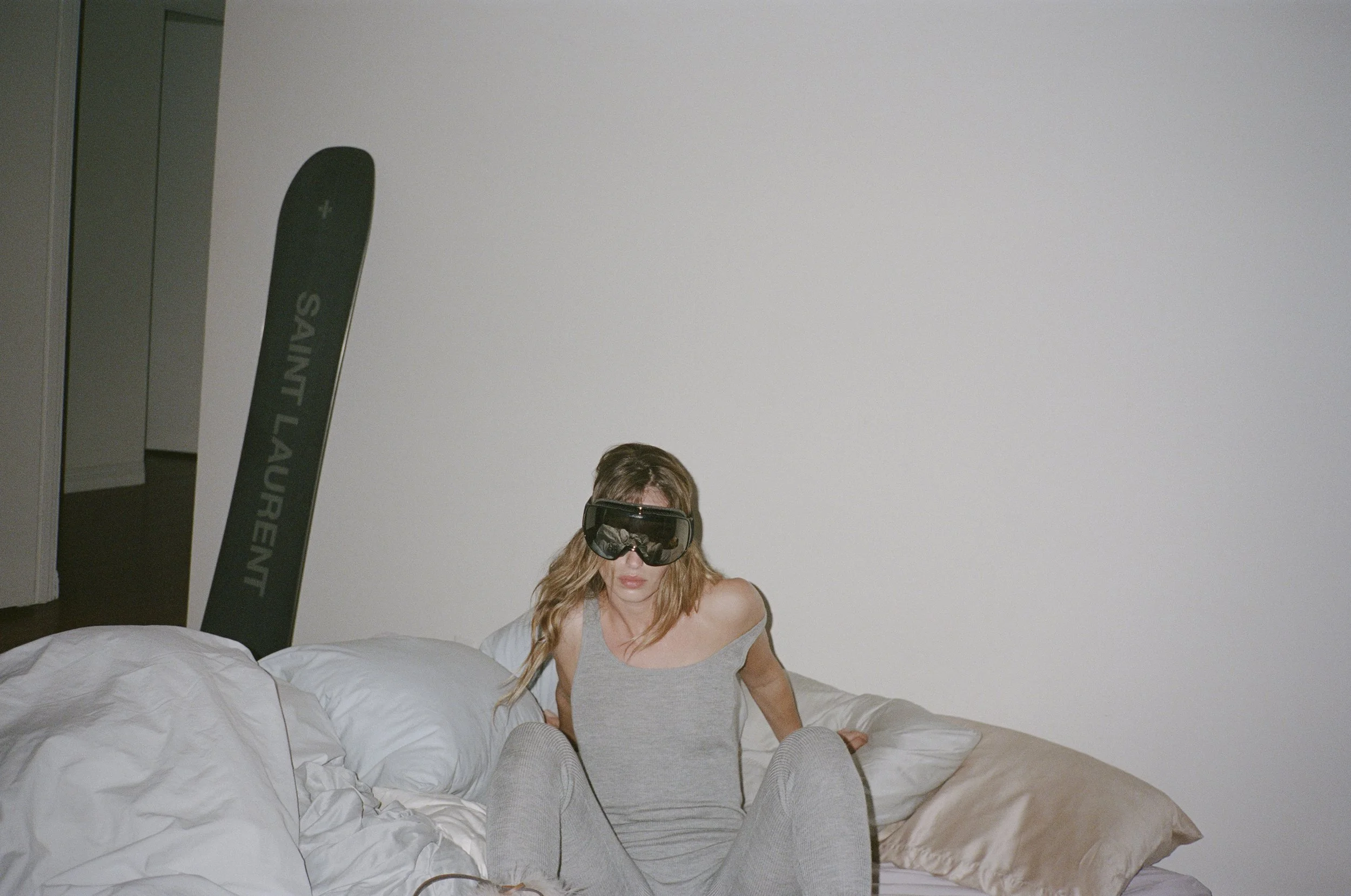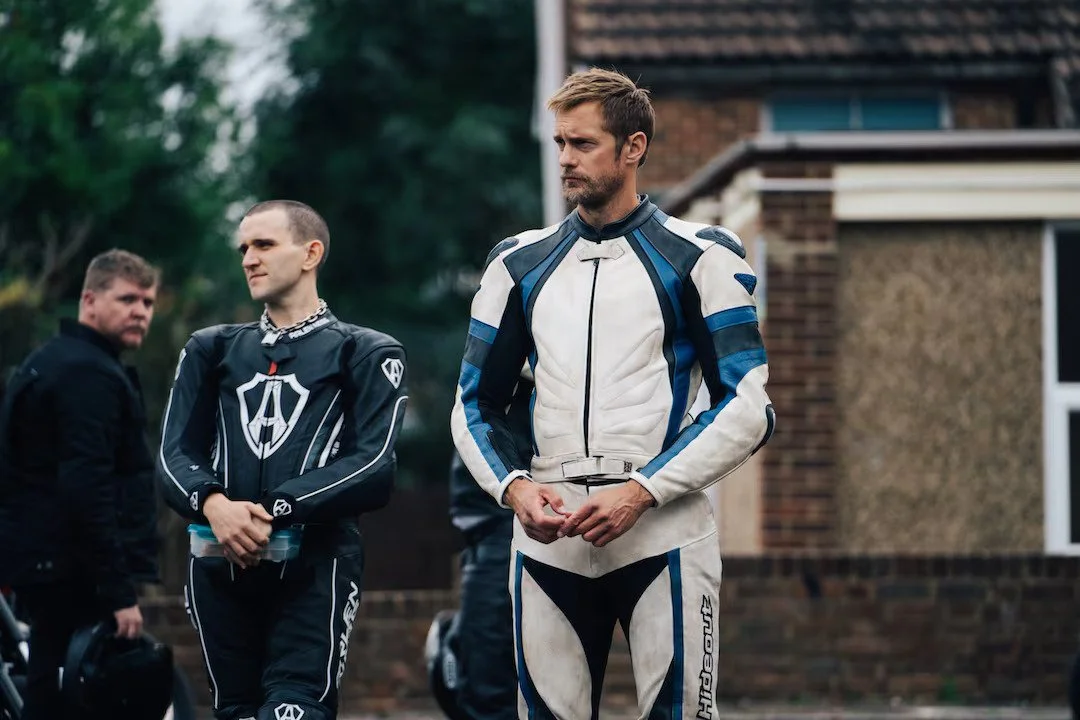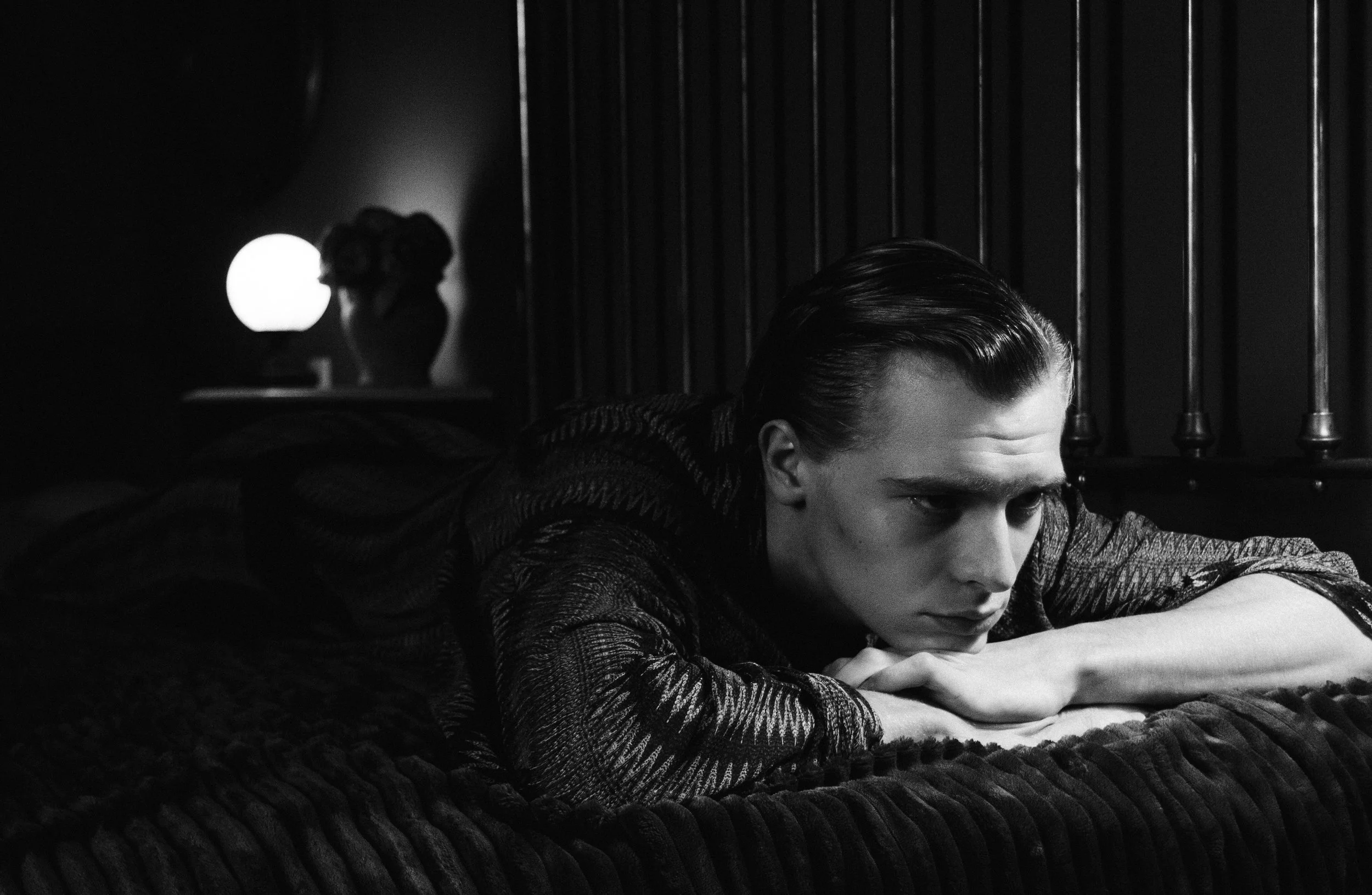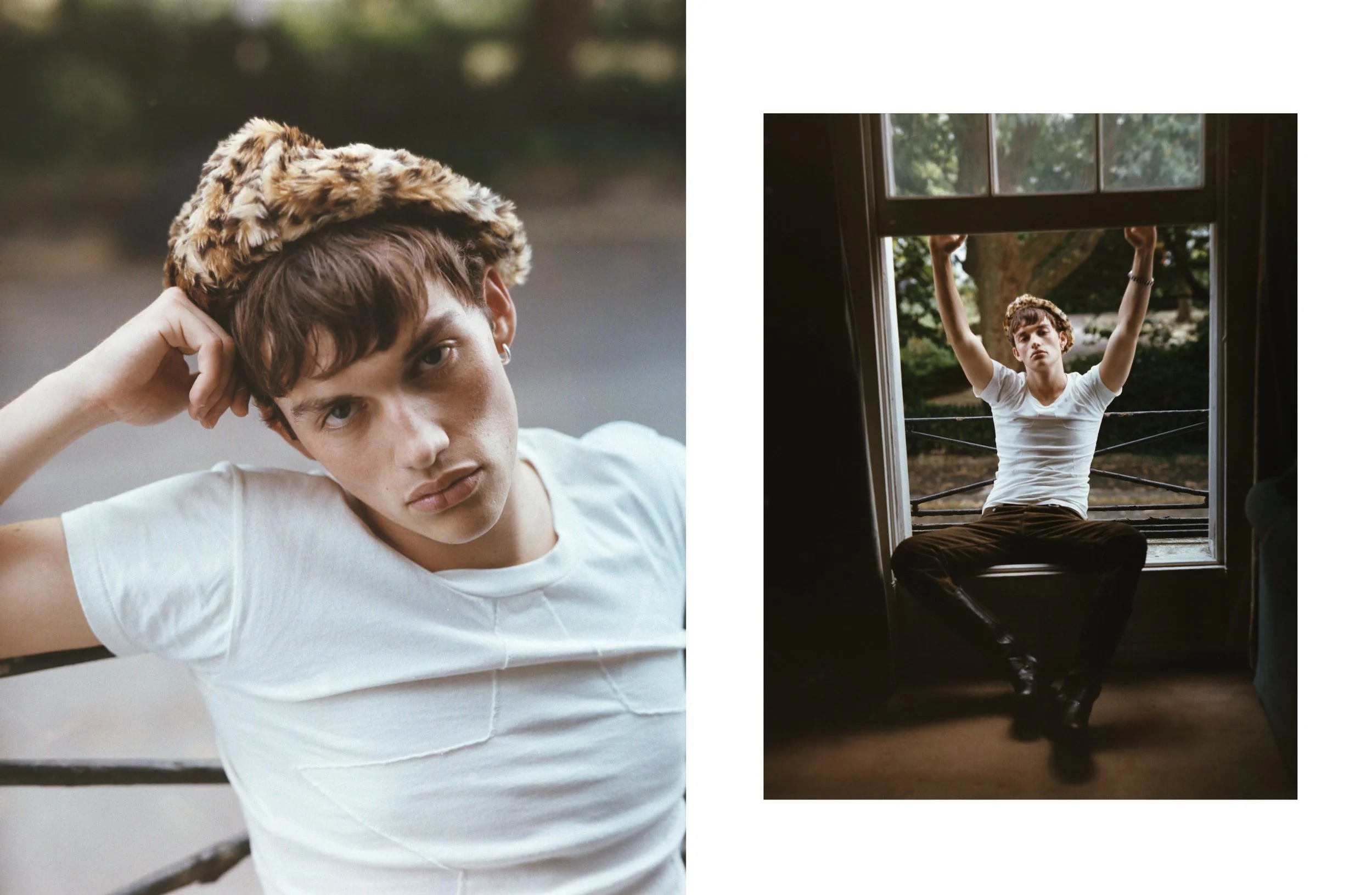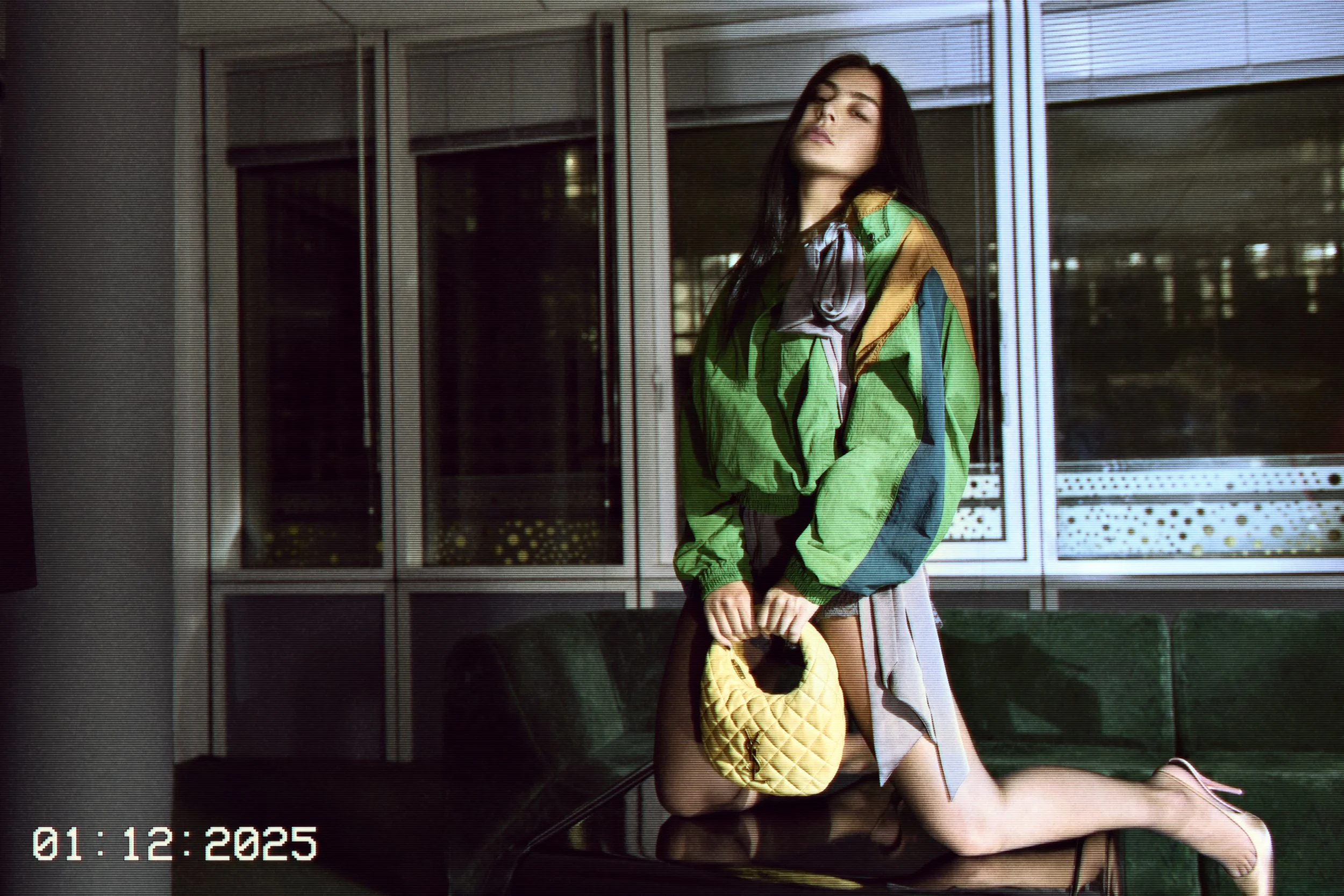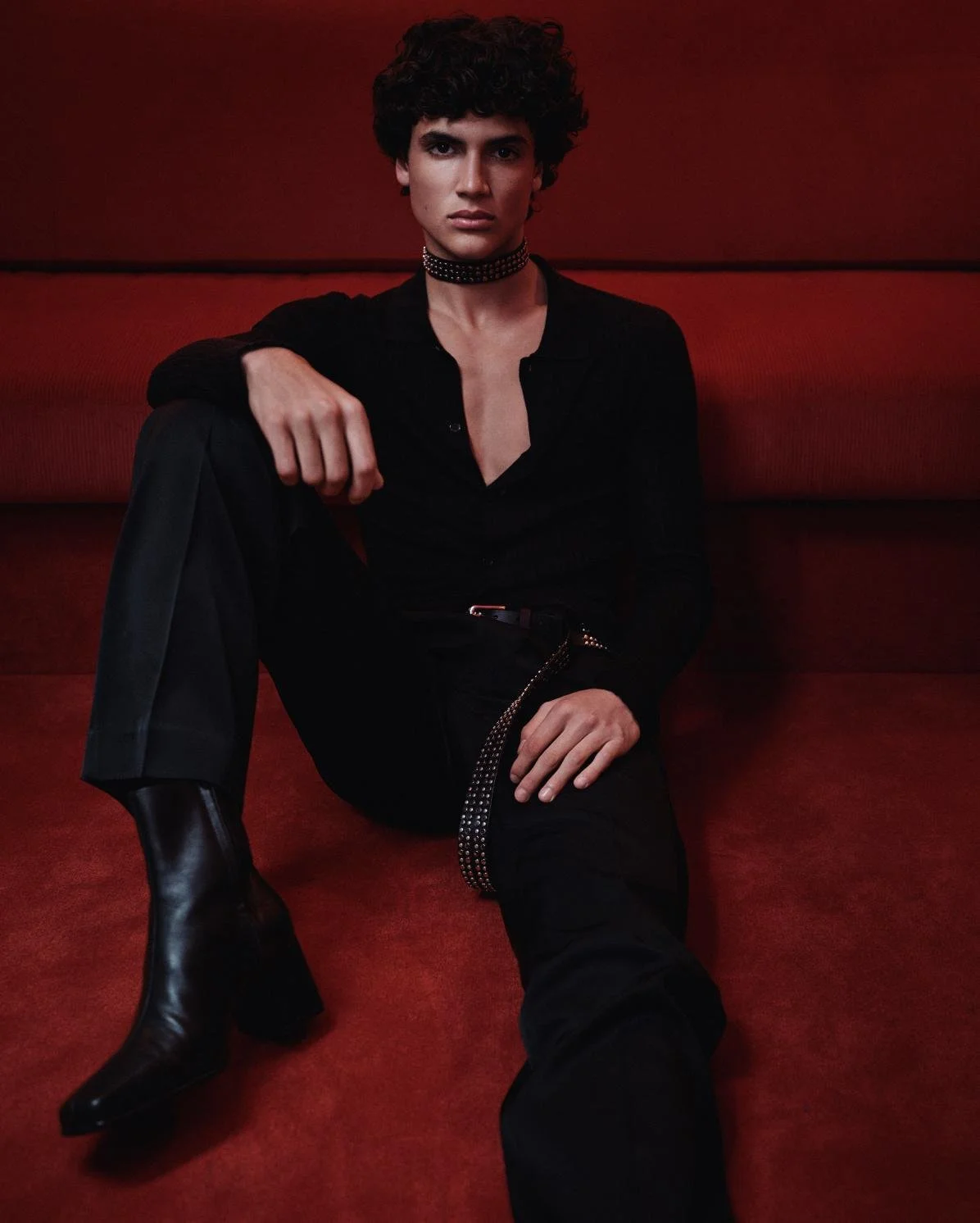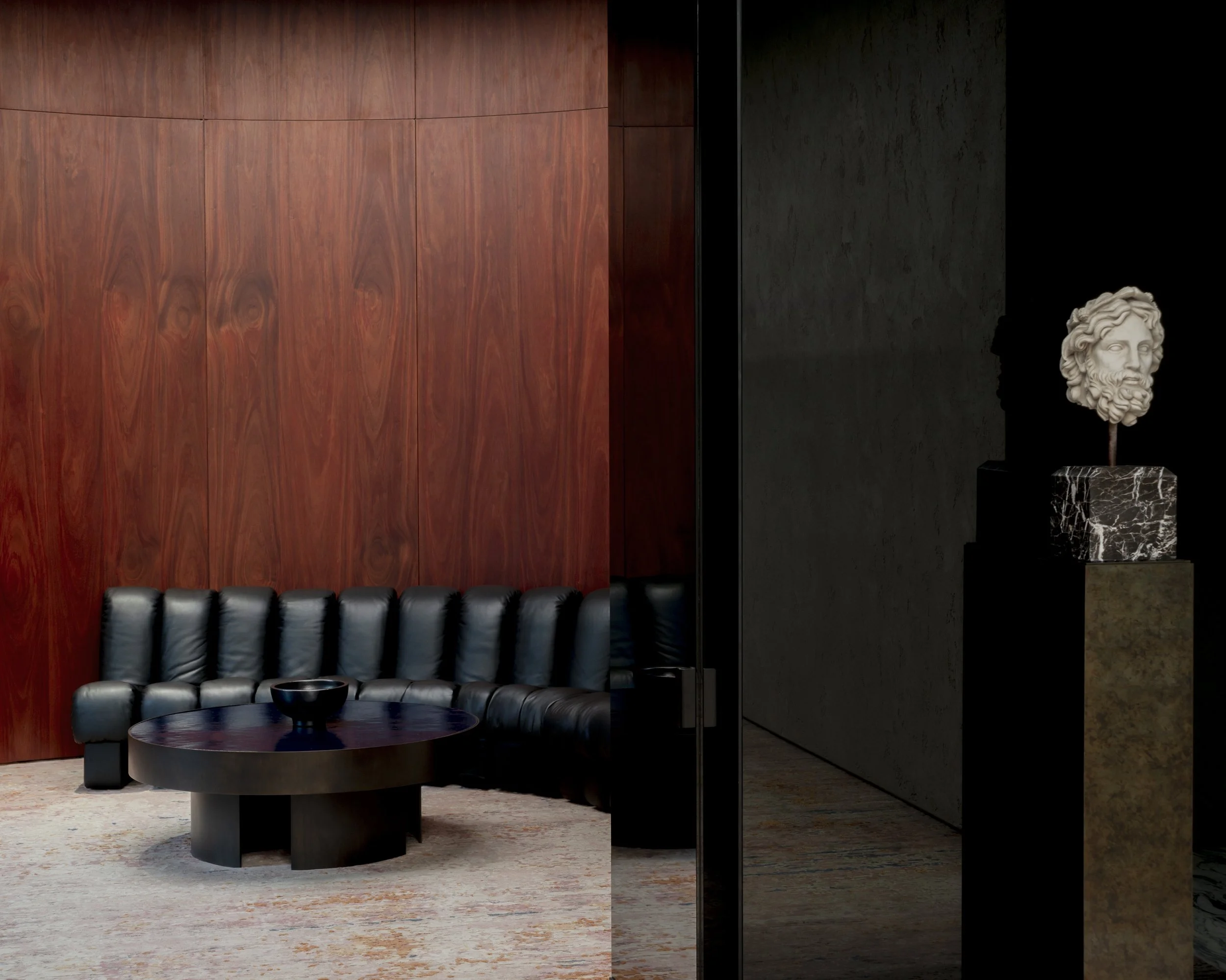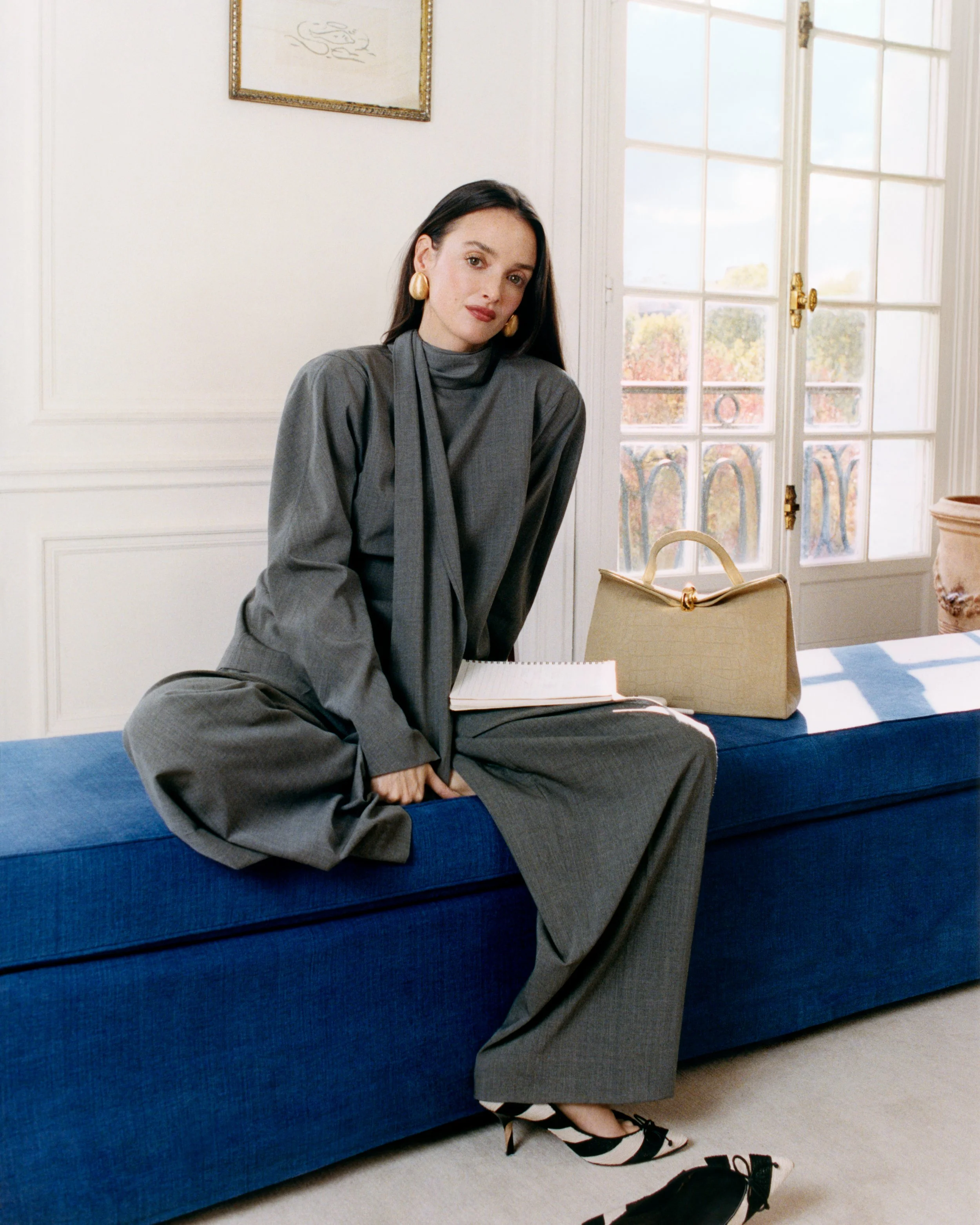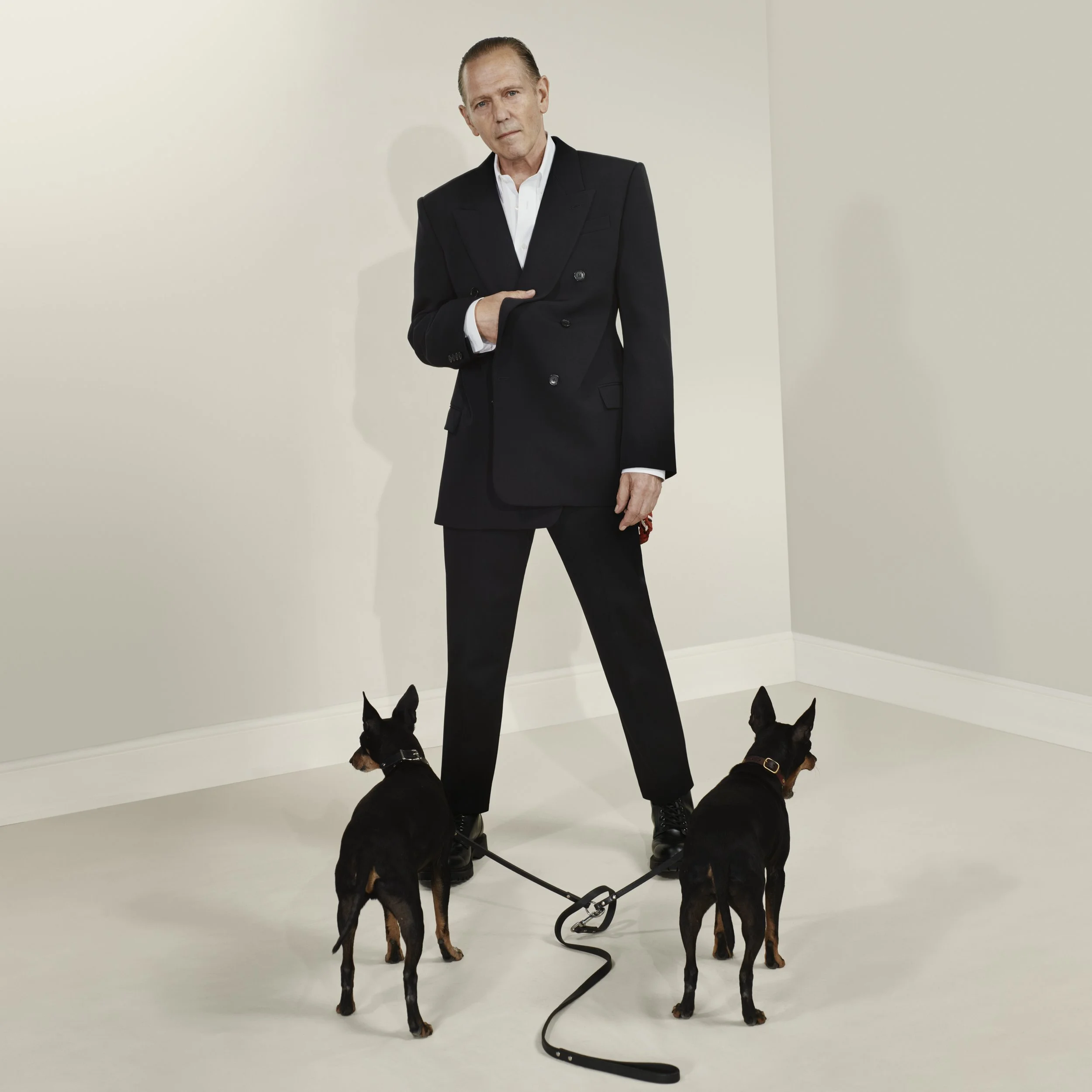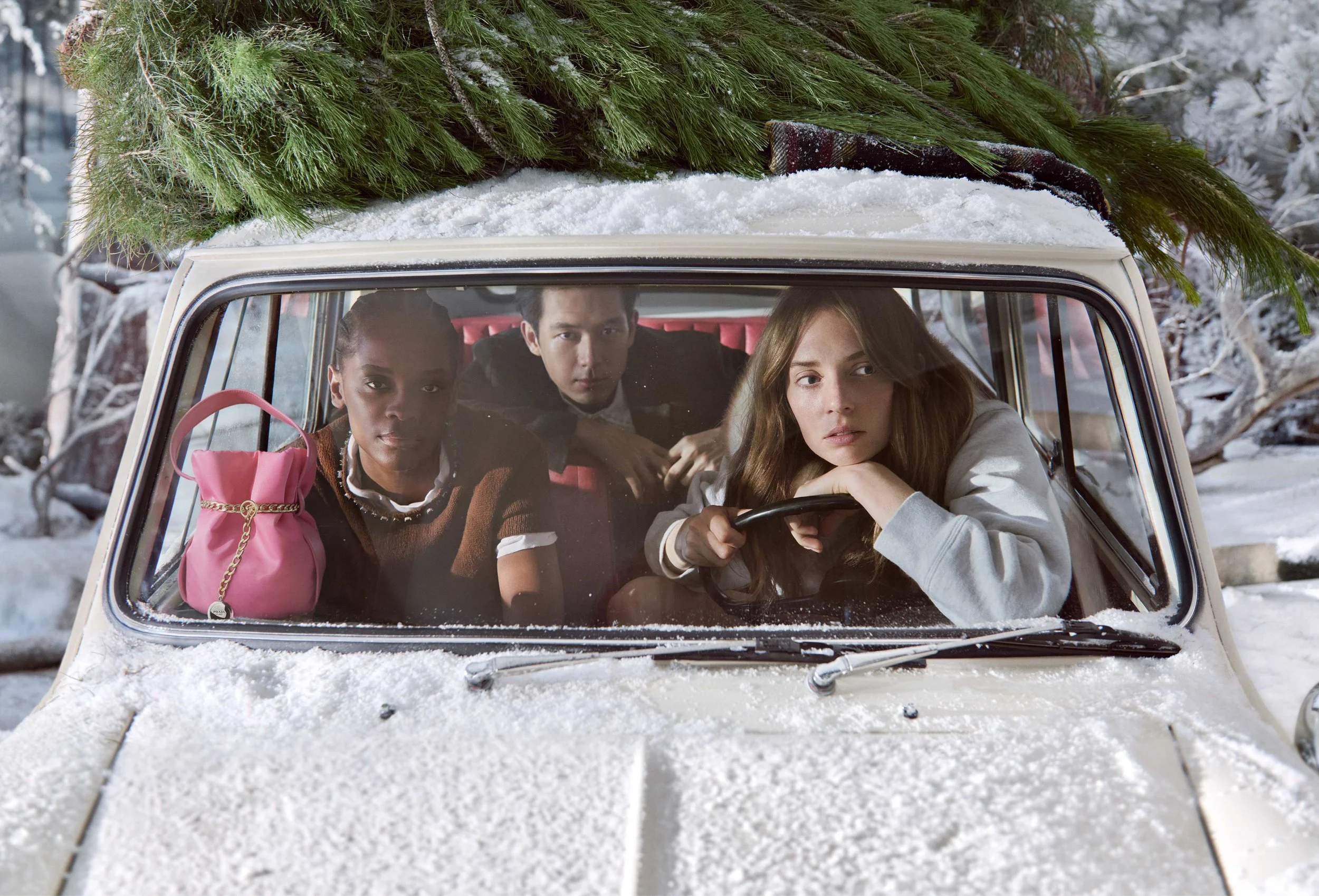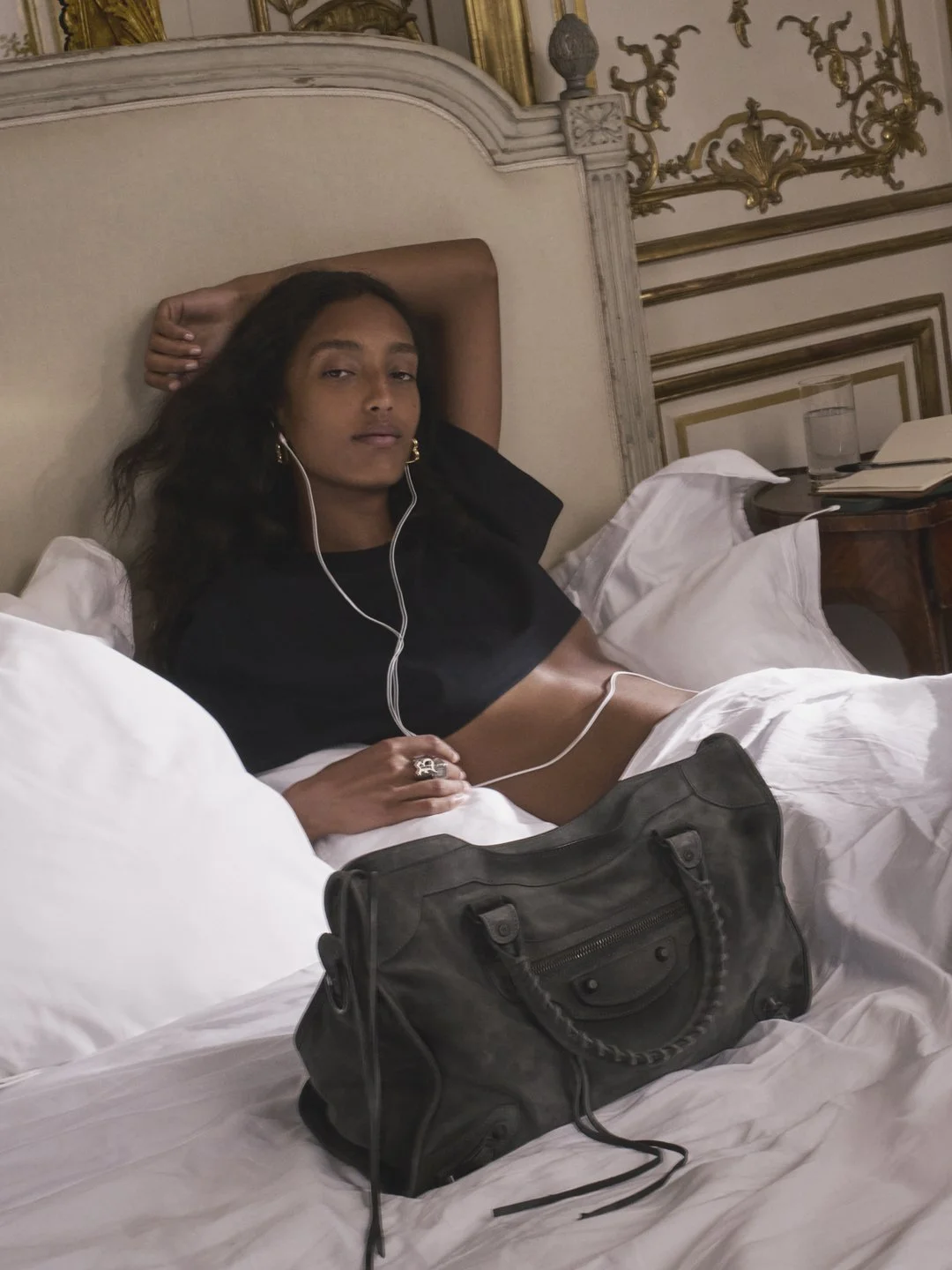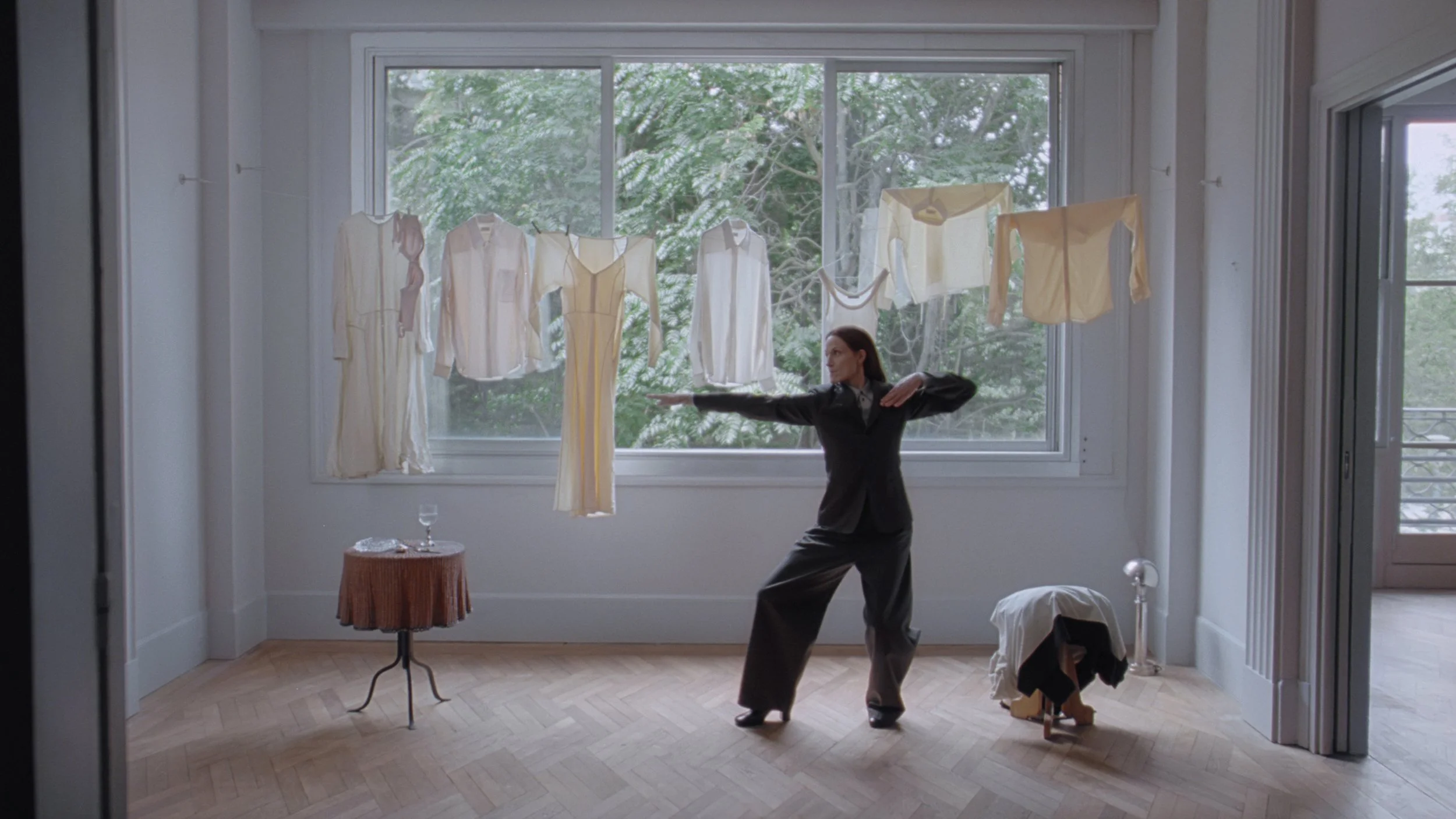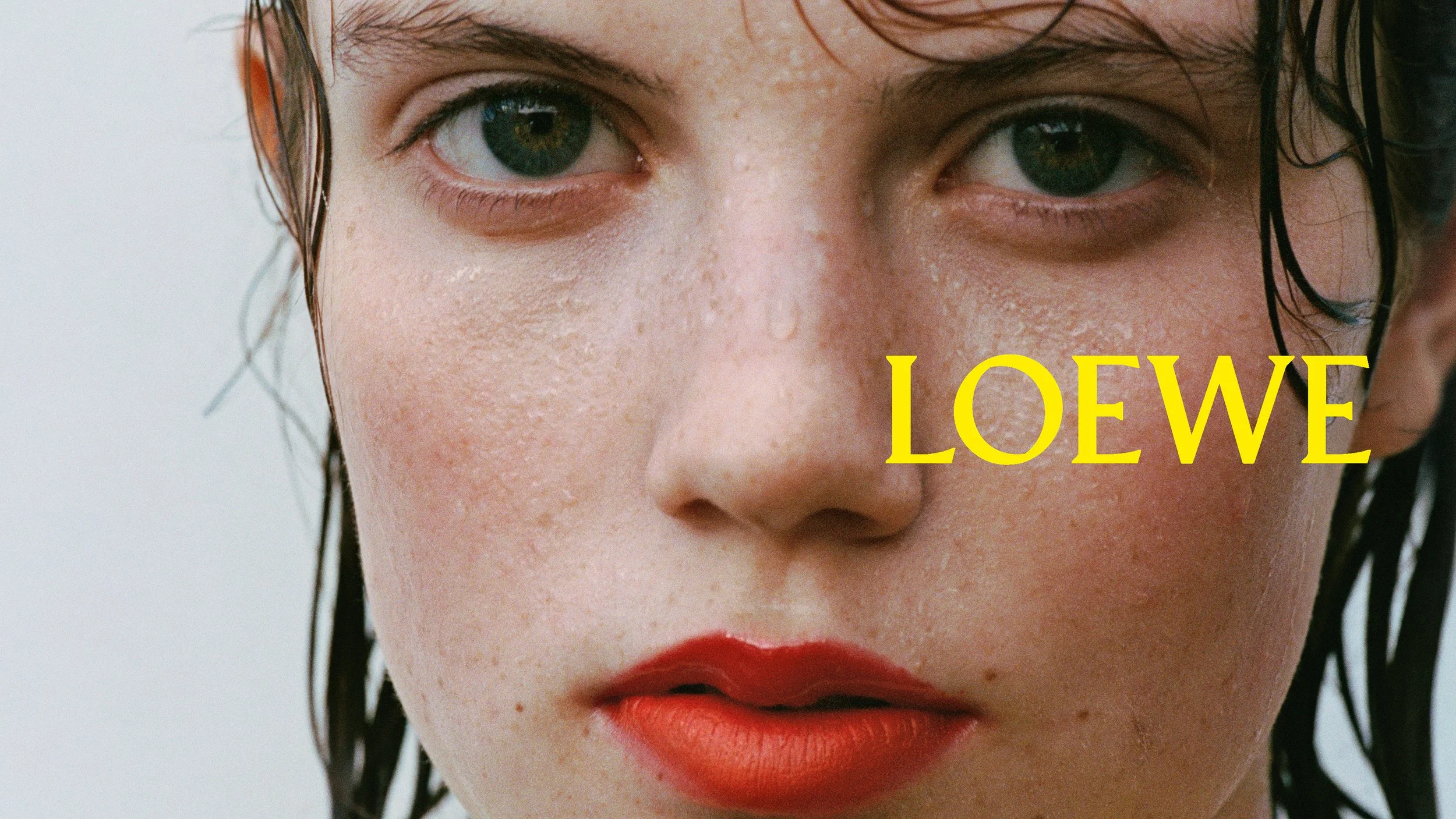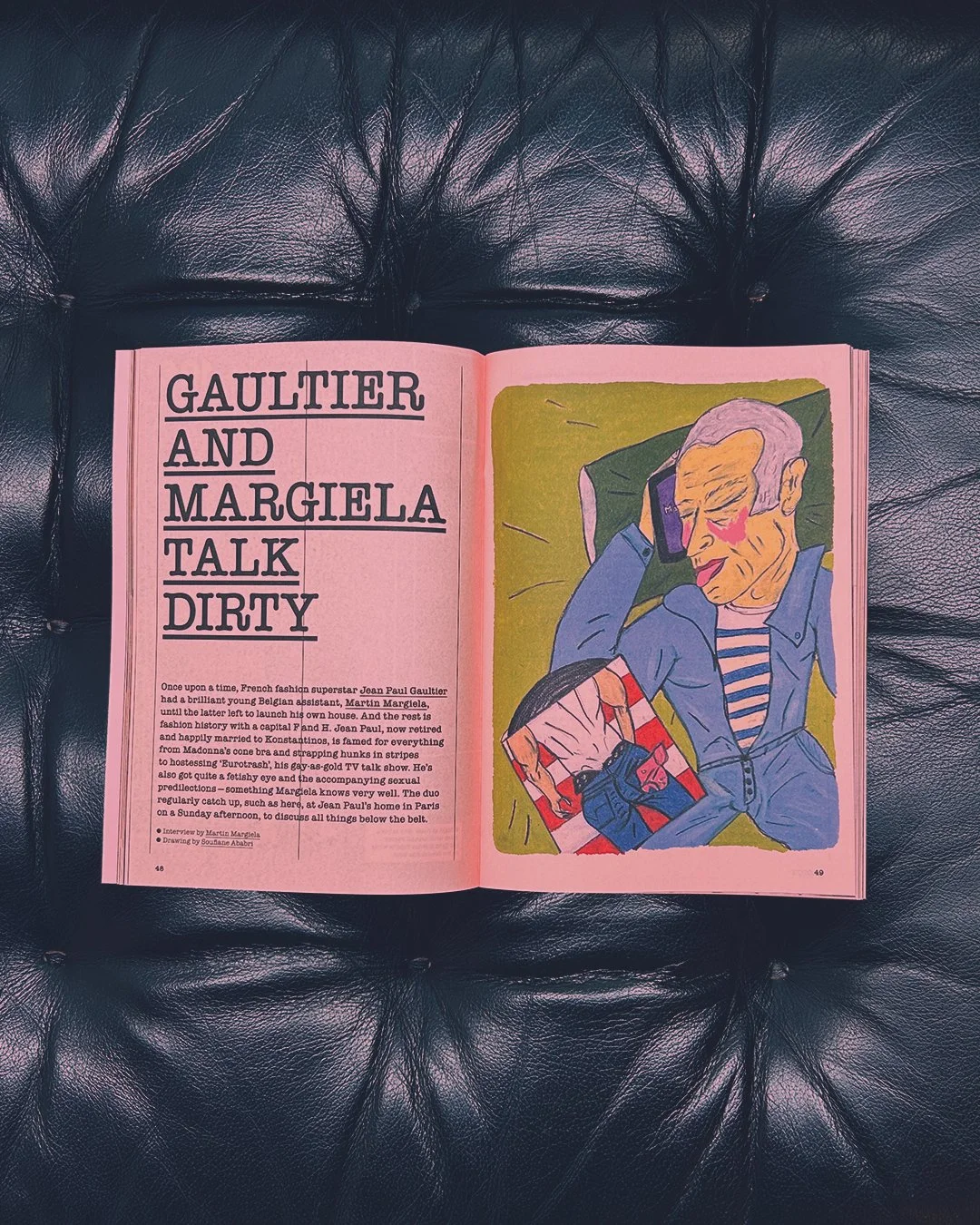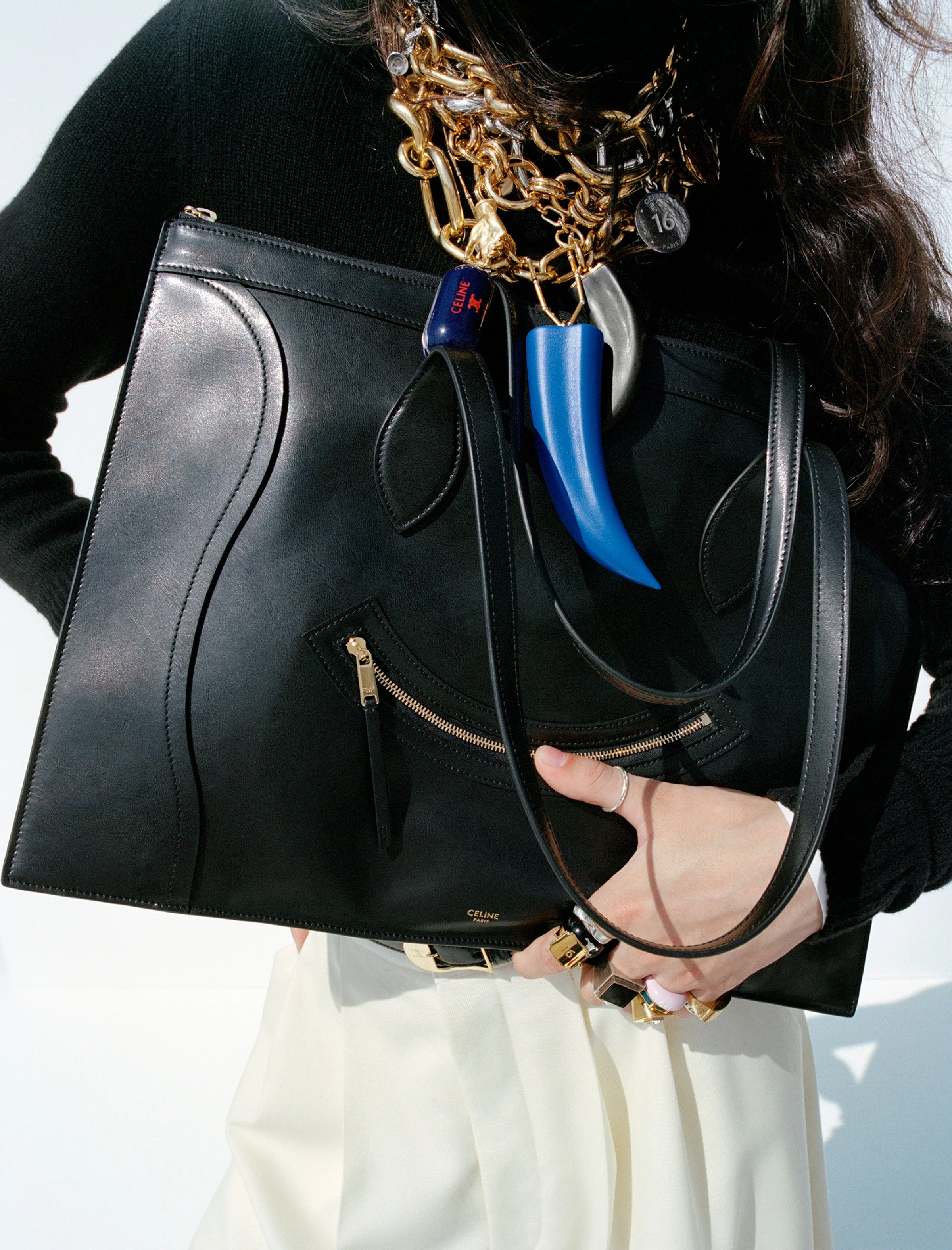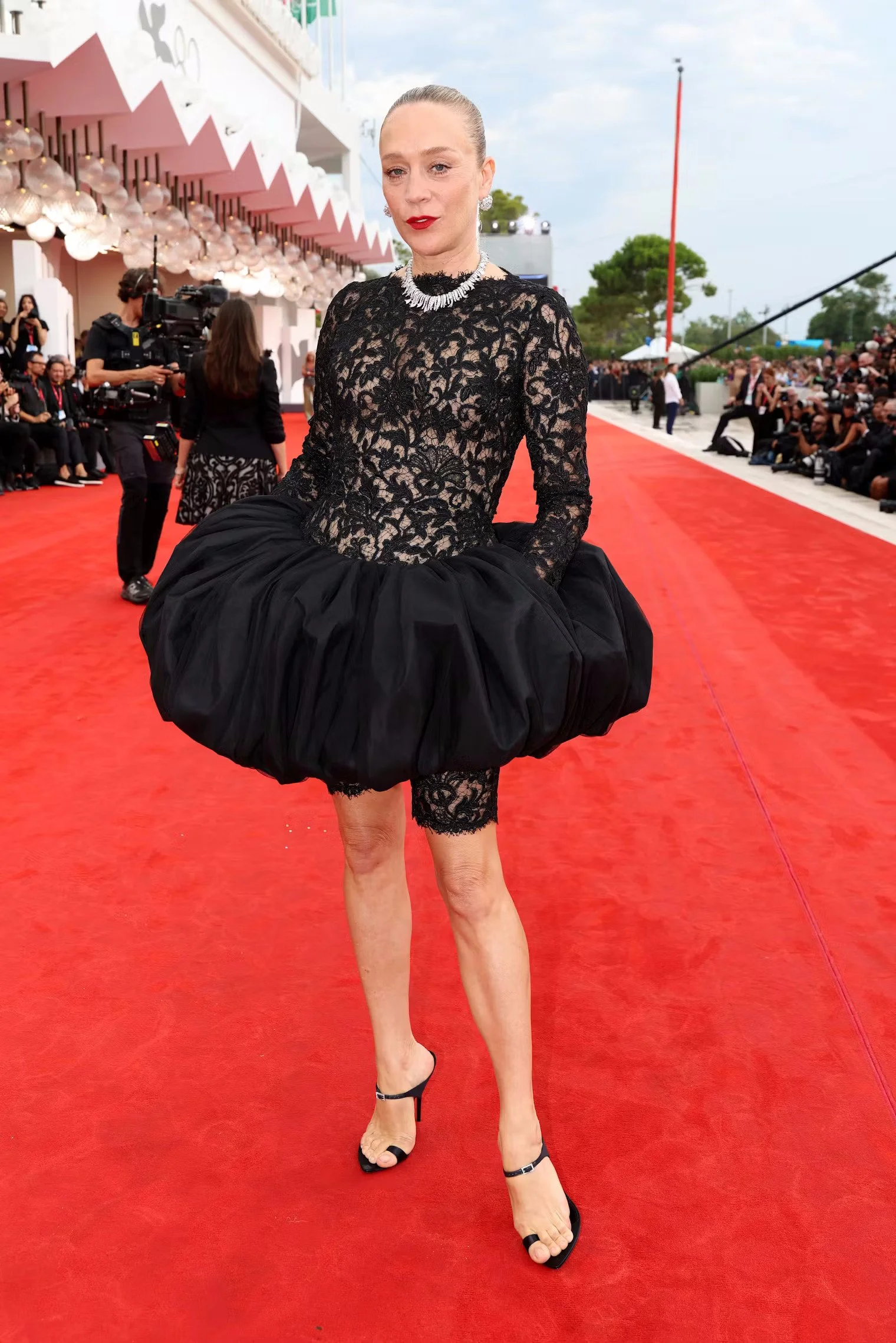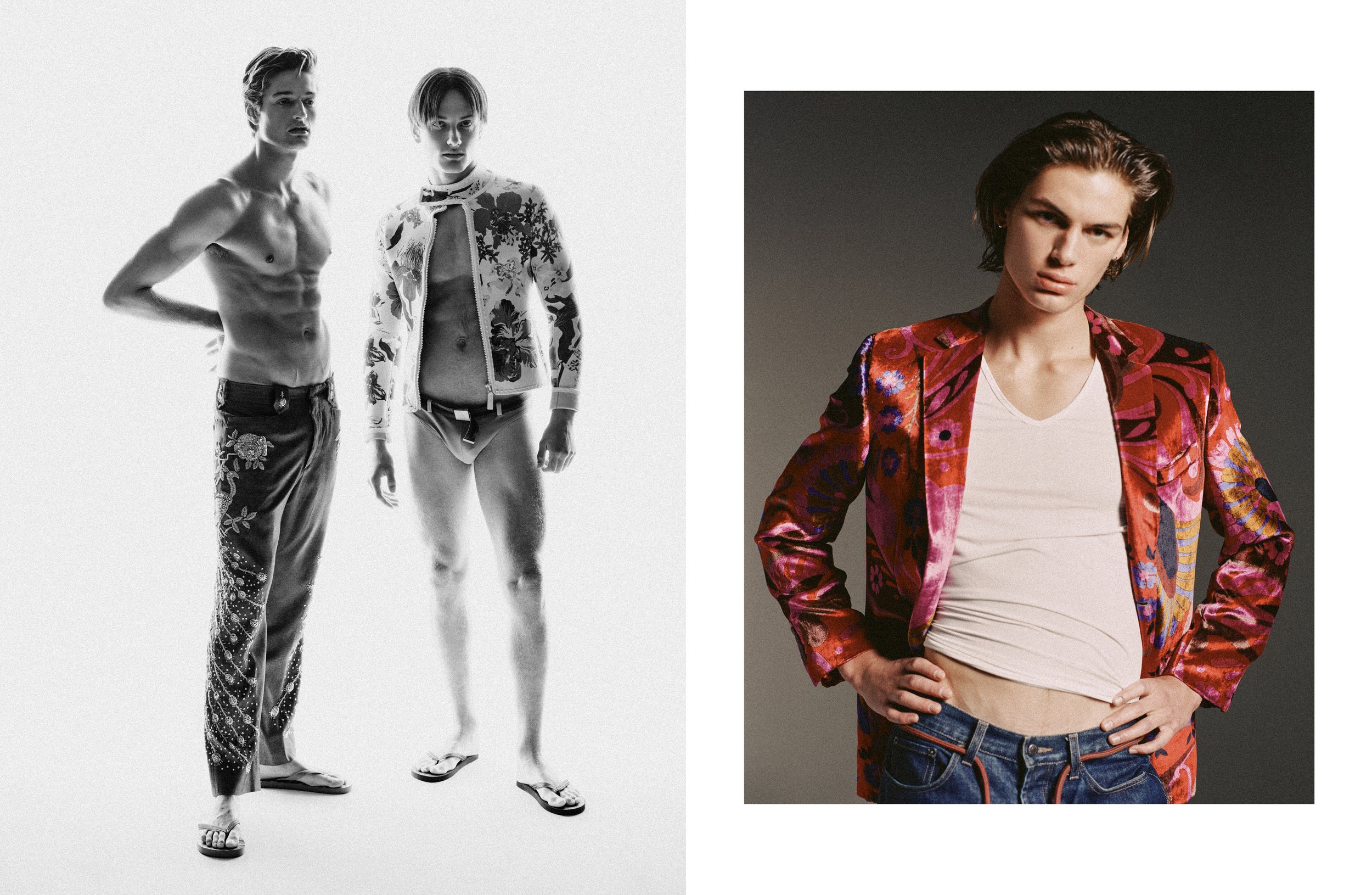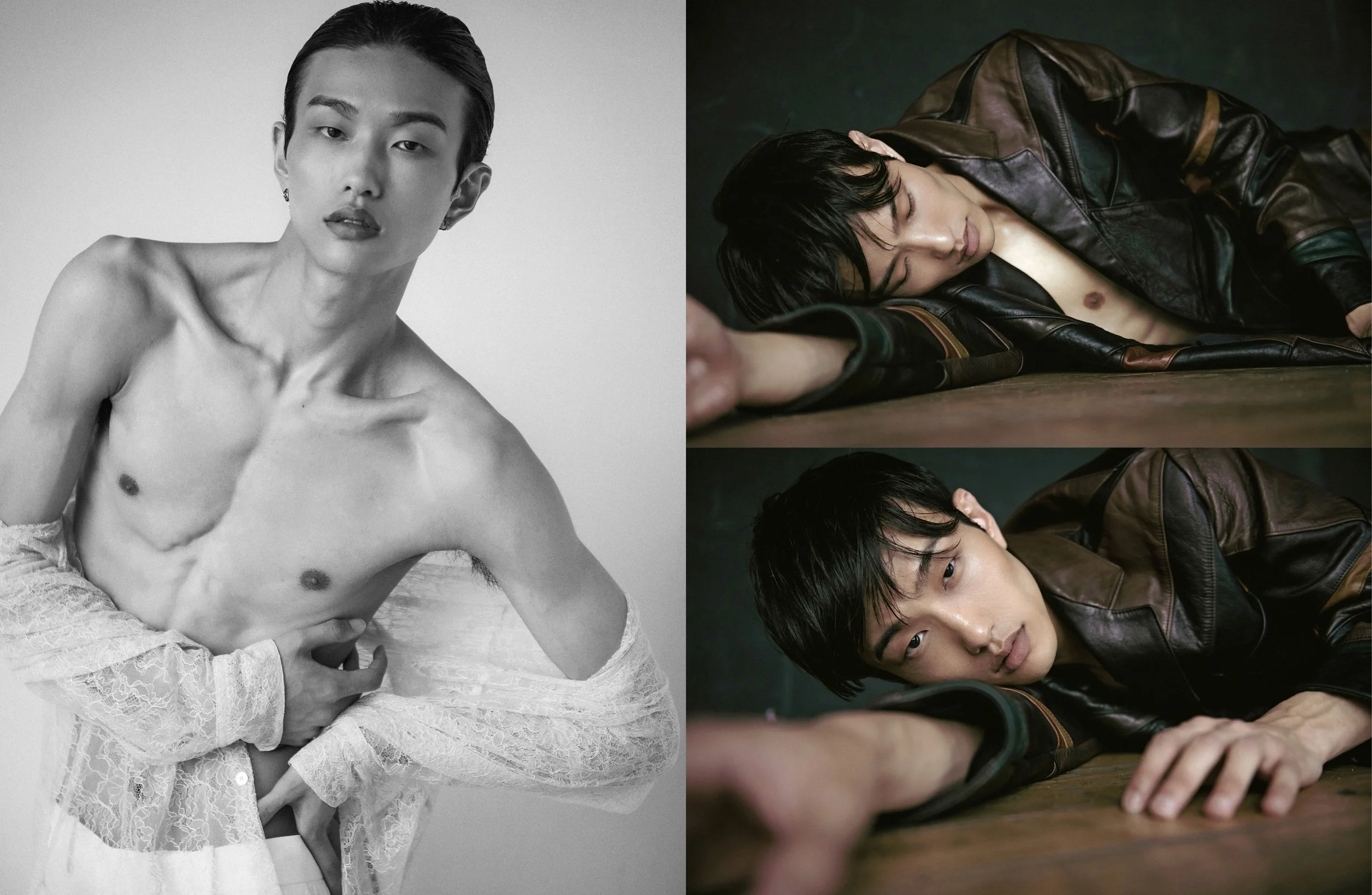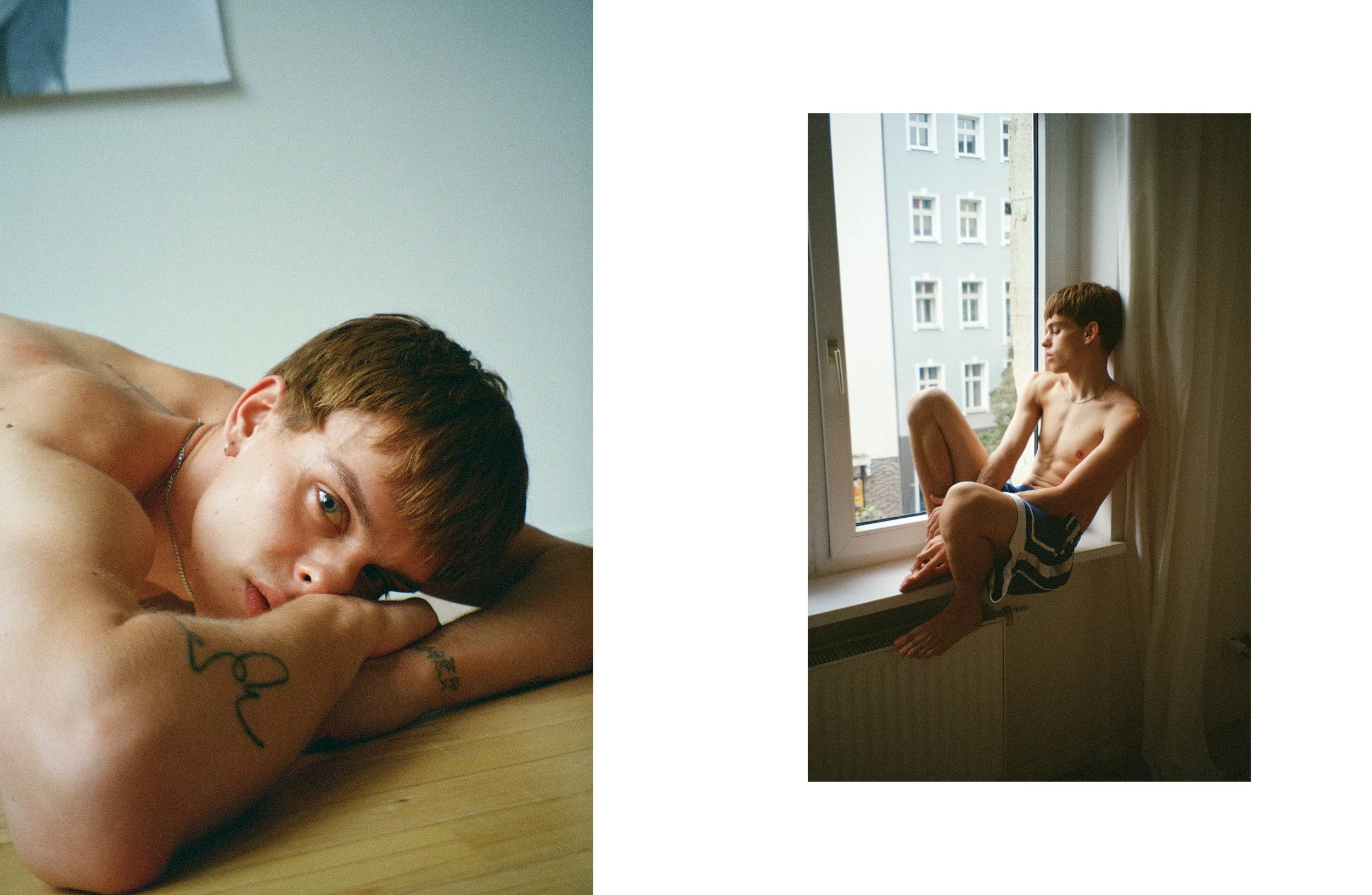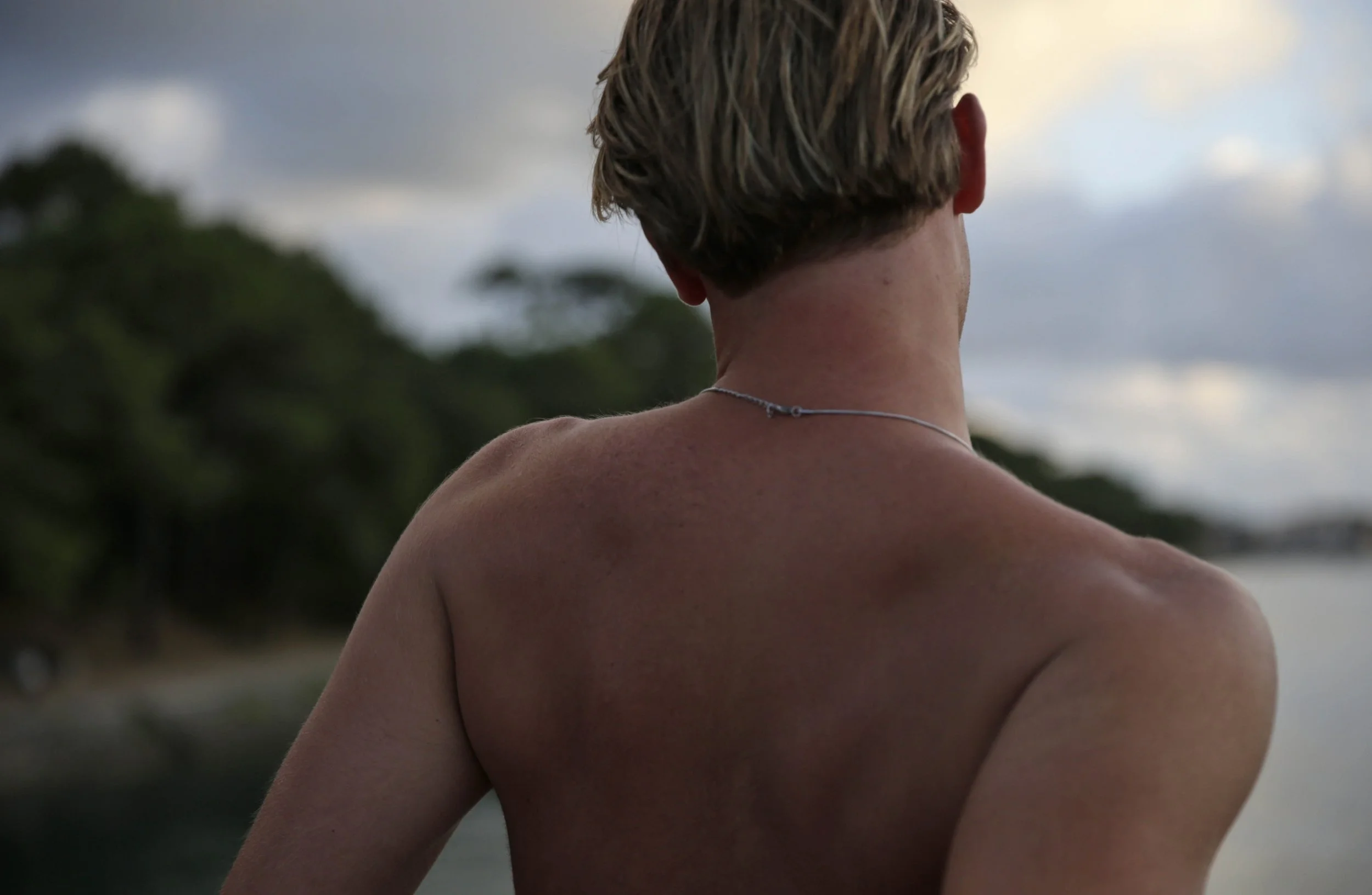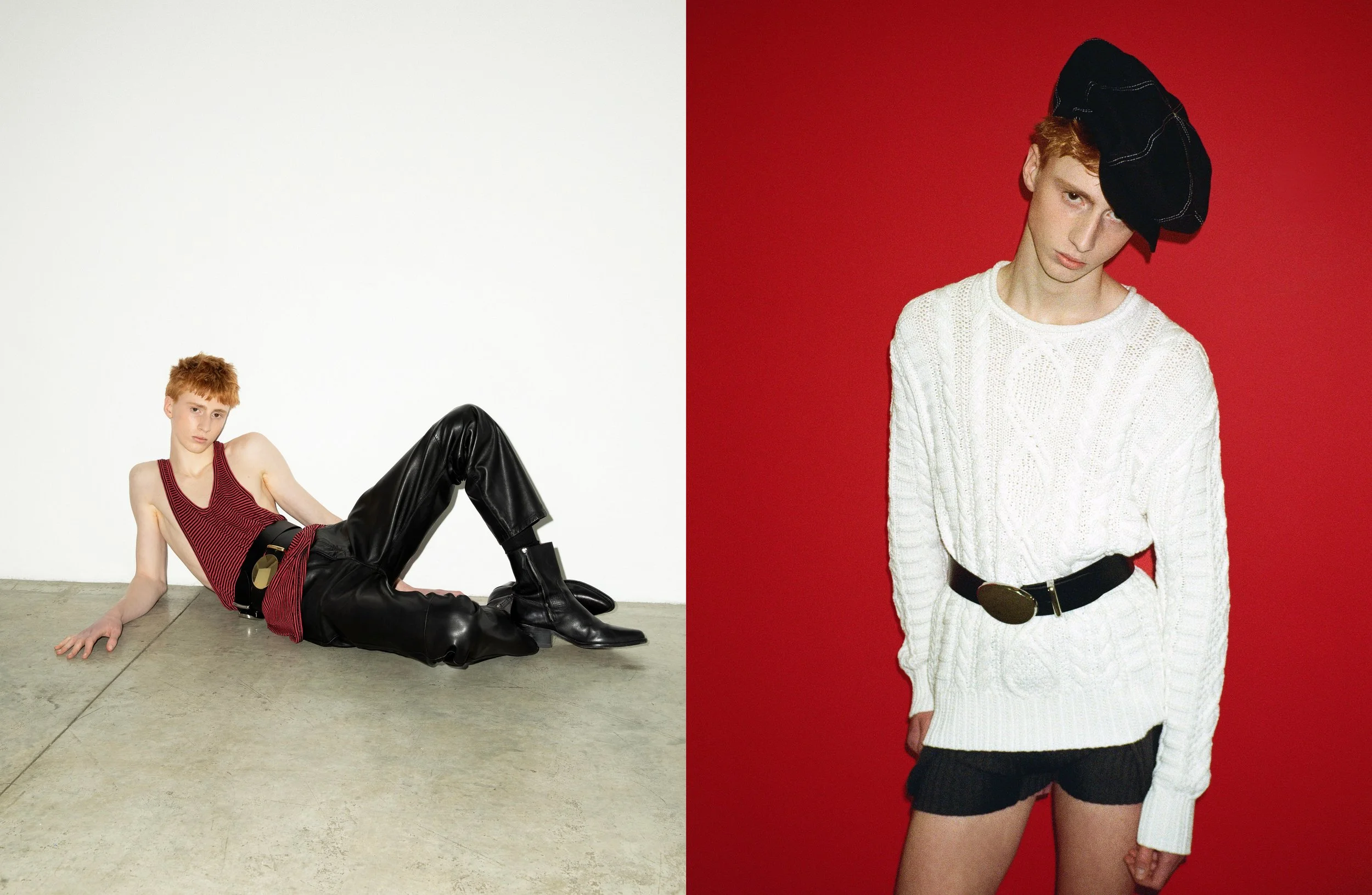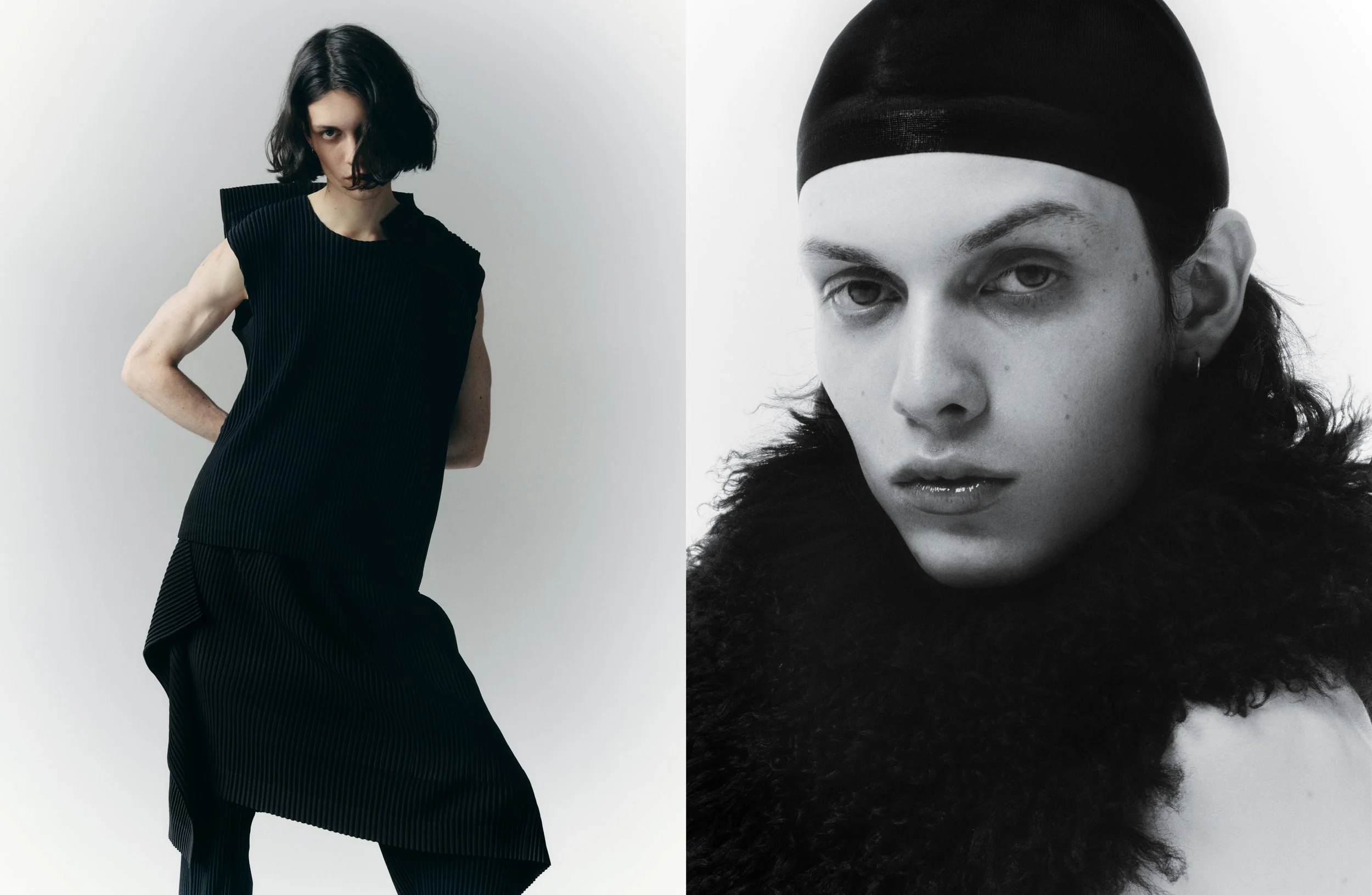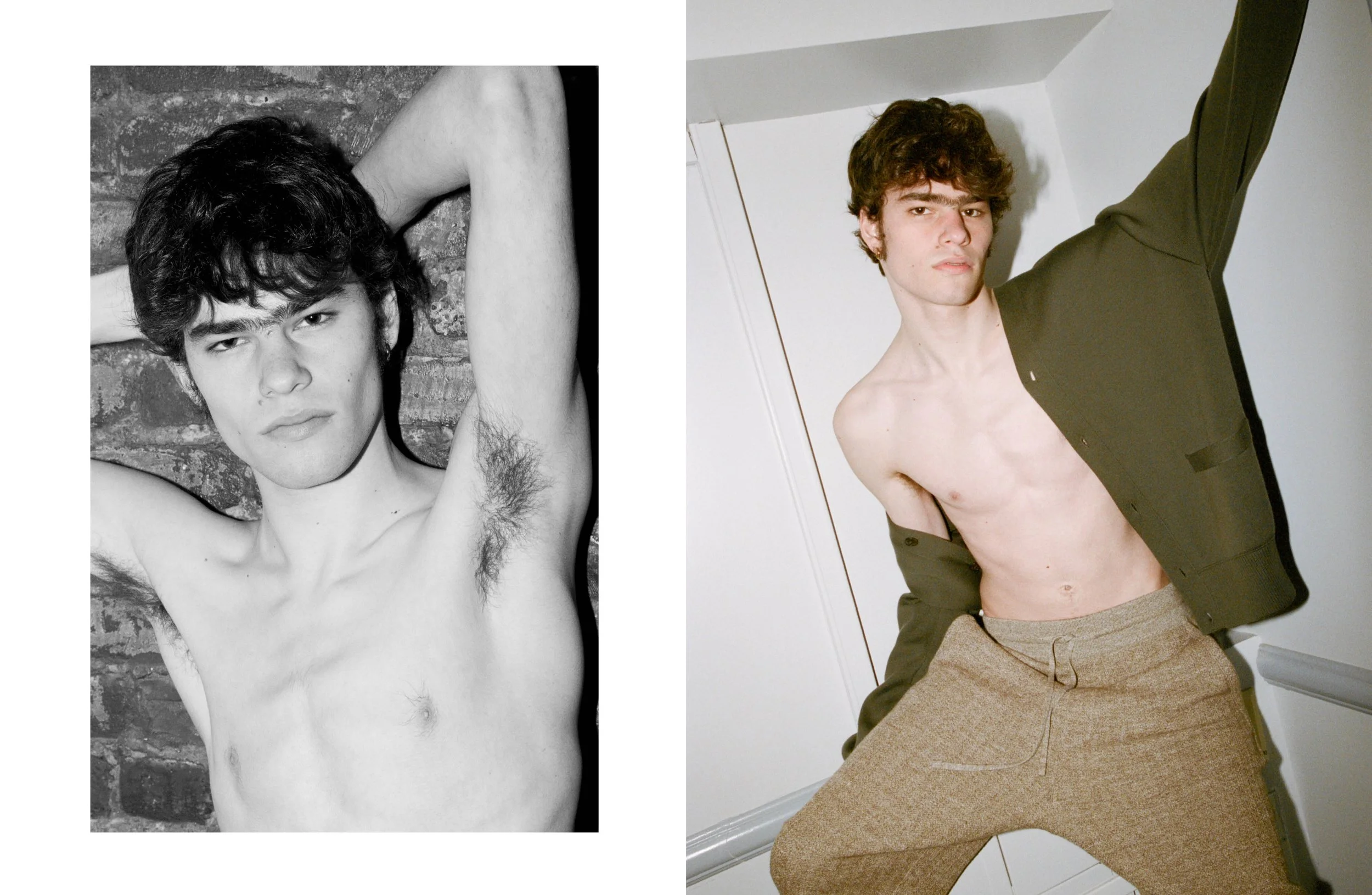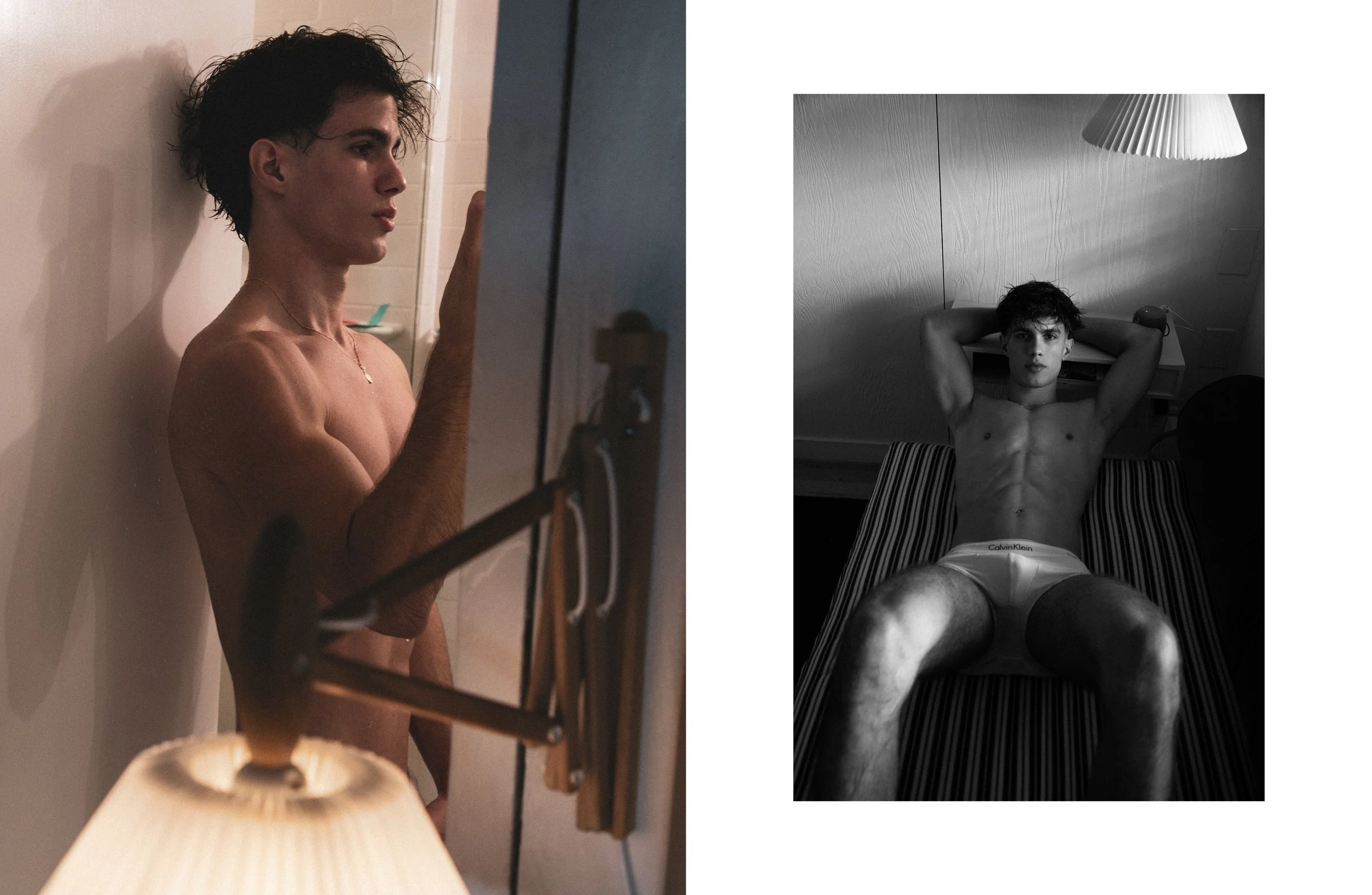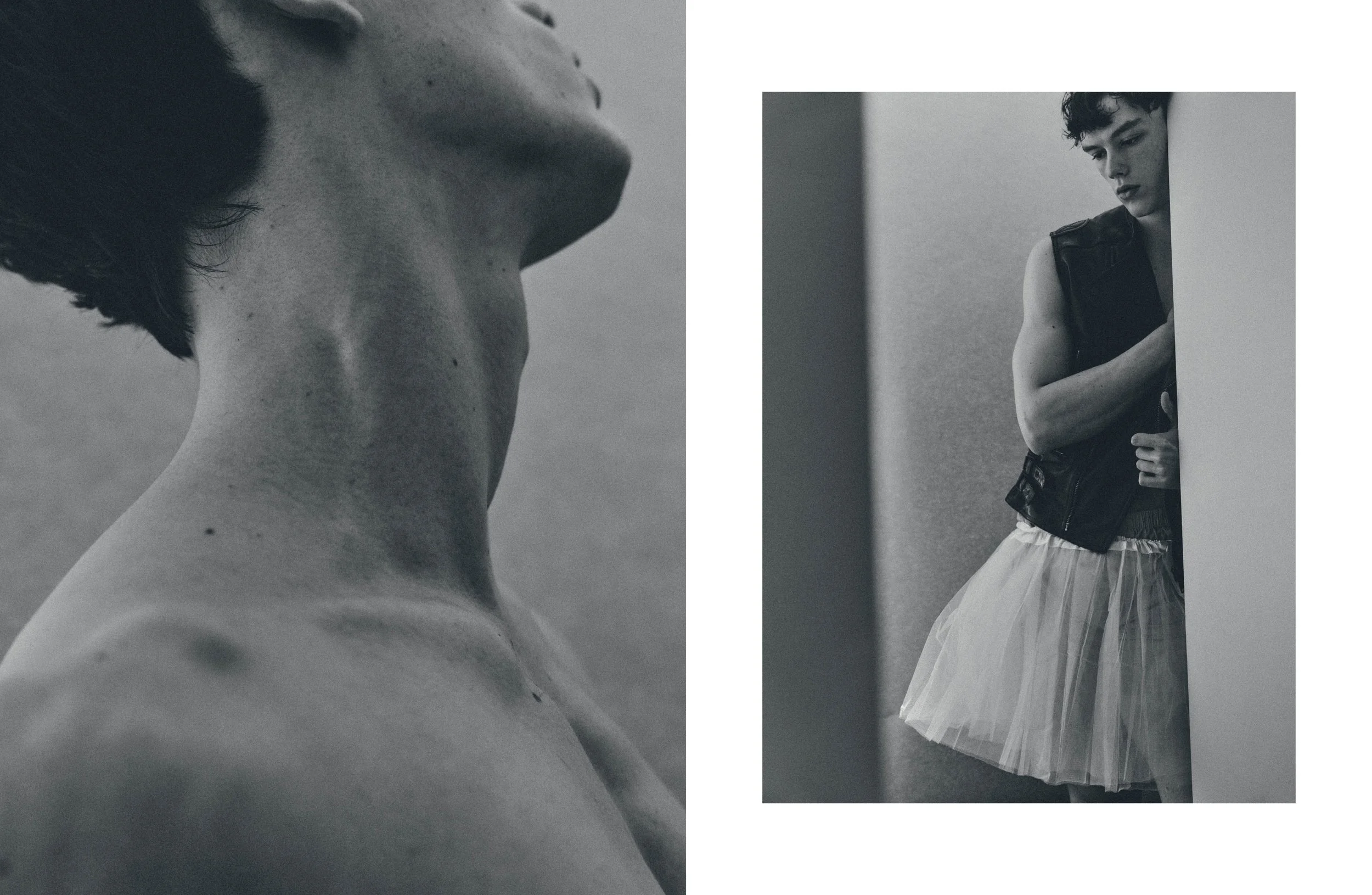PASSIONATE AND DEDICATED, INGE GROGNARD IS ONE OF BEAUTY’S MOST CREATIVE MINDS AND A CONSTANT SOURCE OF INSPIRATION WITHIN THE FIELDS OF MAKE-UP AND FASHION. HER CLOSE ASSOCIATION WITH INDUSTRY LEGEND MARTIN MARGIELA BROUGHT HER TALENT TO THE FORE IN THE LATE 80S, WHEN HIS COLLECTIONS SHOOK UP THE ESTABLISHMENT BY QUESTIONING TRADITIONAL NOTIONS OF BEAUTY AND TASTE.
SHE HAS BEEN IN DEMAND EVER SINCE AND WORKED WITH INDEPENDENT BRANDS, AS WELL AS MORE CORPORATE ONES, WHILE FINDING NEW DIRECTIONS AND WAYS TO ADAPT TO A DESIGNER’S VISION.
WE SAT DOWN WITH ANTWERP-BASED GROGNARD TO DISCUSS HER RELATIONSHIP WITH MARTIN MARGIELA, WHY SHE LOVES DEMNA GVASALIA, AND WHAT STILL MOTIVATES HER TO DO HER JOB TODAY.
Despite the pandemic, you’ve been in demand and worked constantly. Are there things that you couldn’t do?
Some clients had to cancel their shows, which means I couldn’t work for them, but overall I’m glad I could continue the work without too much hassle. Of course travel is still limited, but brands have had to find ways. I had great jobs this year with lovely teams, which for me is the most important.
I was surprised to see you donated some of your Margiela pieces to MoMu recently. Why now?
Actually, they were not donated, but on loan for the museum to use in their exhibitions and store properly, too, which means they will take care of the clothes much better than me. All of those pieces were in my basement, and while I do wear the coats and jackets, I knew that others would be great for the museum.
In a way, you are part of fashion history, especially when considering the role of Martin Margiela and his long-lasting influence over designers.
It’s funny, because we never thought of that. The relationship I had with Martin was an organic one, and after studying make-up and collaborating with several designers, I naturally began to work on his shows. We were friends and that level of closeness was quite special. I’m very proud to have been part of his vision as a designer, because that’s what my job is. When you hear fashion historians discuss Martin’s work today, you realize how significant it is, but we were never aware of this while we were in it. We were too busy exploring, making and creating. People like him, Dries, Ann and Walter put Belgian fashion on the map, which changed everything.
How do you explain that young designers, and a whole new generation of fashion students, are really fascinated by him?
He brought things to fashion that didn’t exist before, such as upcycling for instance. Martin was obsessed with the notion of time, and how it marks our clothing. It was this idea of vintage, but specifically how signs of wear make a garment more beautiful.
The approach Margiela had towards fashion was an intelligent and almost cerebral one. Who would you say tackles it the same way now?
I would say Demna at Balenciaga. He’s extremely intelligent and completely understands the world we’re living in. Love it or hate it, his vision stays relevant and gives you food for thought. On the human side, he is also touching and a sensitive person. When you know about his past and what he’s had to overcome, you understand how strong and driven he is.
I thought the Haute Couture collection was incredible.
It was such an emotional moment for him, and people were actually crying backstage. The way he fused the heritage of the House with his own aesthetics was just perfect.
I’d say that the key difference between Martin and Demna is that Martin was a romantic at heart, whereas Demna’s vision tends to be more dystopian.
Sure. Demna is not naïve, not at all. His vision is completely about today, and I agree that Martin’s approach was a romantic one.
Martin never did ‘sexy’. His clothes could be sensual or erotic, but never obvious. Would you say that this sense of restraint defines Belgian fashion?
It does, because we’re quite close to Northern Europe. You can think of Belgium as the opposite of Italy: we have to cover ourselves up and don’t spend that much time outdoors. Belgium has darkness, romanticism and surrealism blended together, which makes it unique. That mixture is what makes our creativity different from our neighbors.
Does make-up conceal us or expose us?
That’s a difficult one. When you work together with a designer, make-up is part of the image you want to bring out, the way you see the woman in those clothes. It’s like adding the finishing touch in the end. Of course we look at faces all the time, so make-up reveals a lot about ourselves.
At the same time, the make-up you did with Martin did not limit itself to the face, but appeared on the arms or other body parts. It was a creative statement.
Definitely. What I love about my job is creating a strong image and working closely with a designer. That’s what keeps me going, making that image as powerful and creative as possible.
Interview by Philippe Pourhashemi
All Pictures by Ronald Stoop
Image credits (B)eople Magazine, Jurgi Persoons, Purple Magazine, Beauty Papers, Sputnik Magazine

